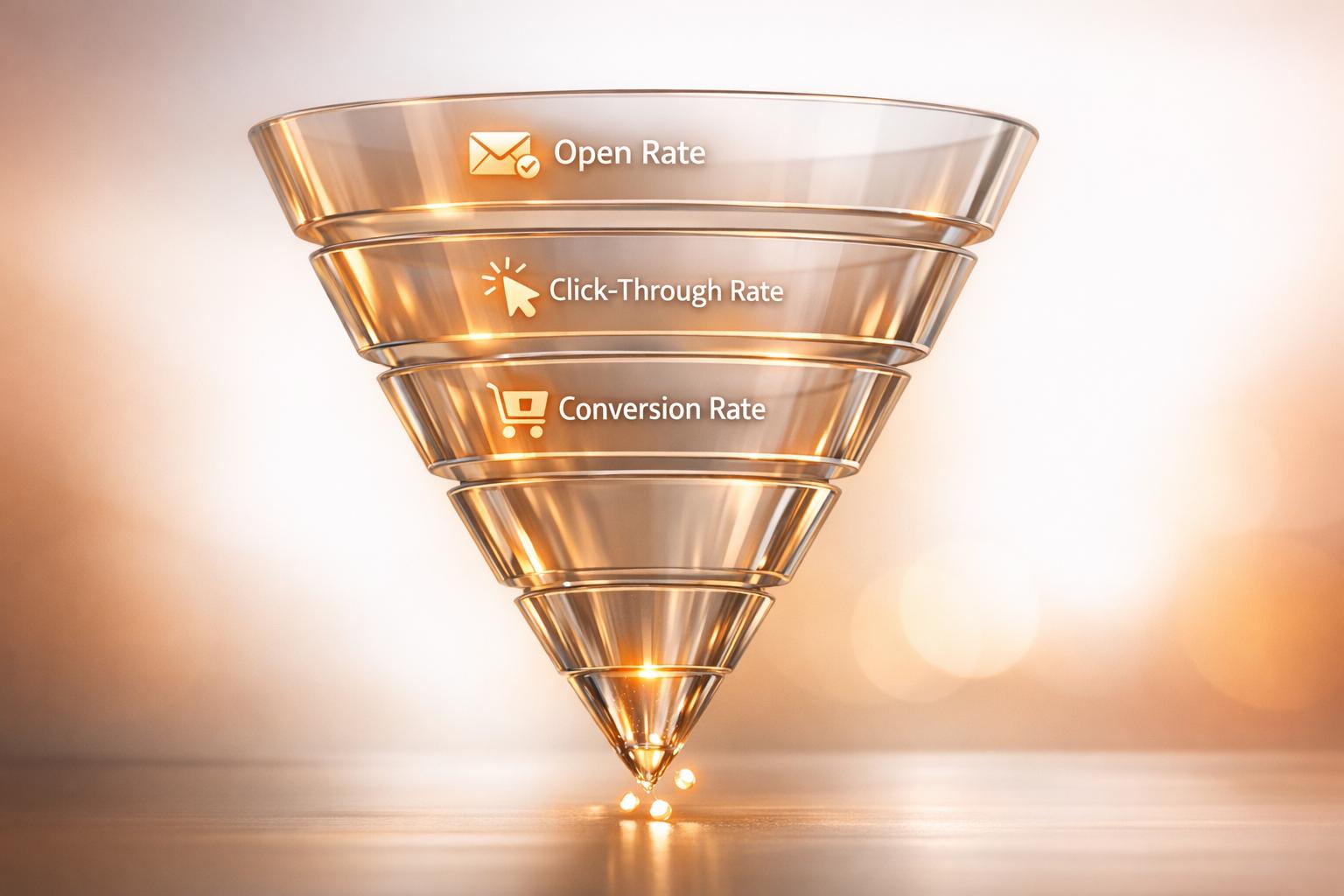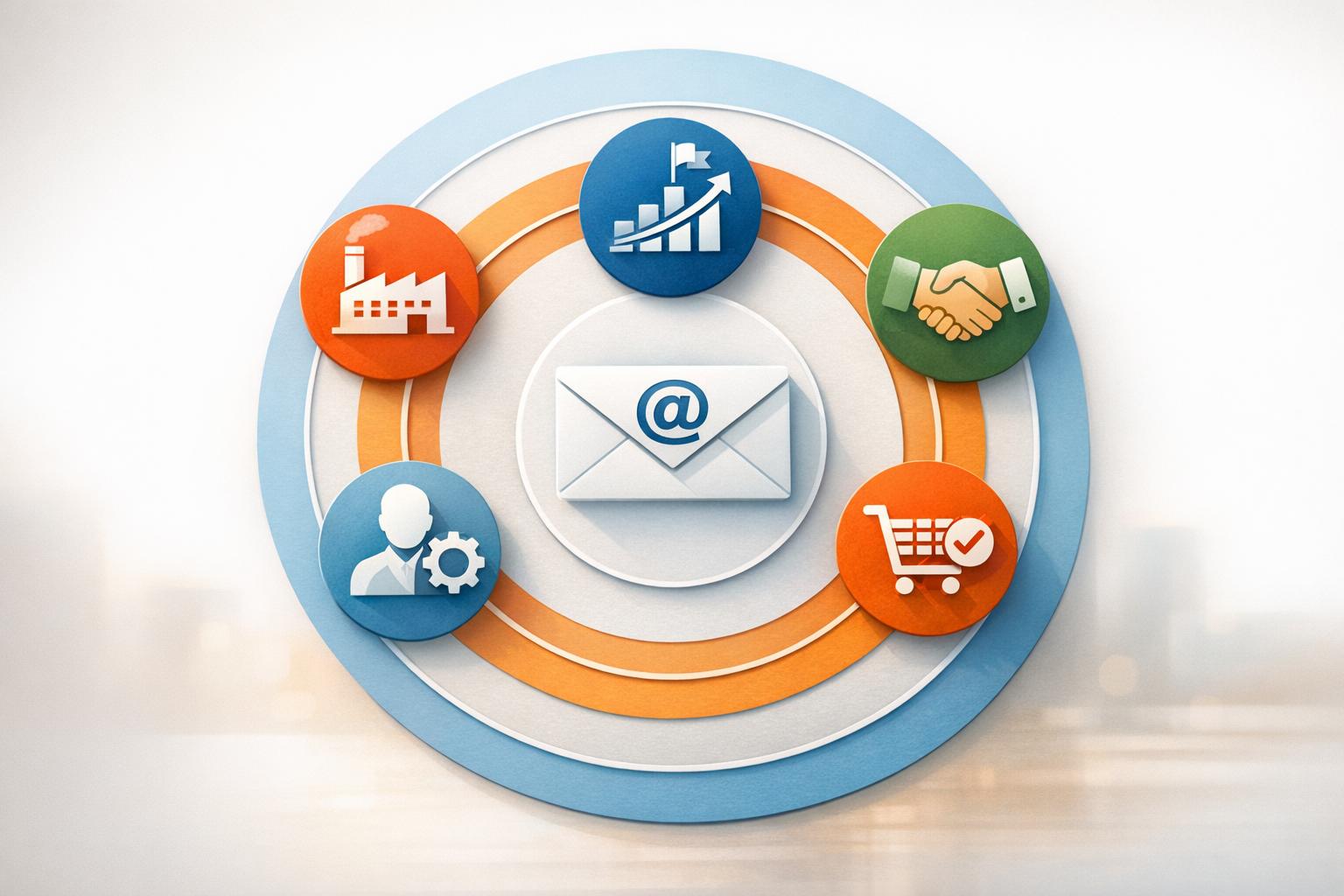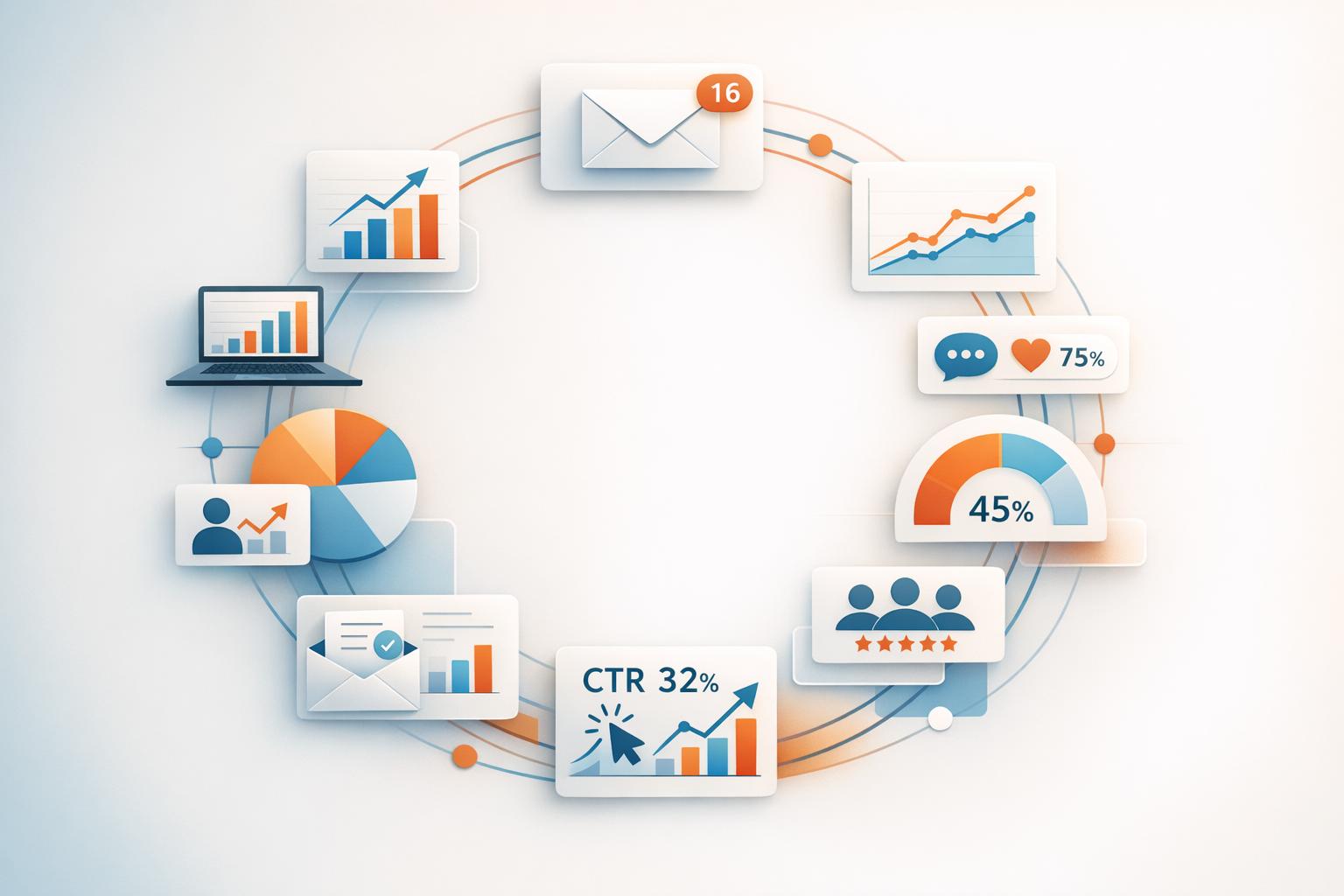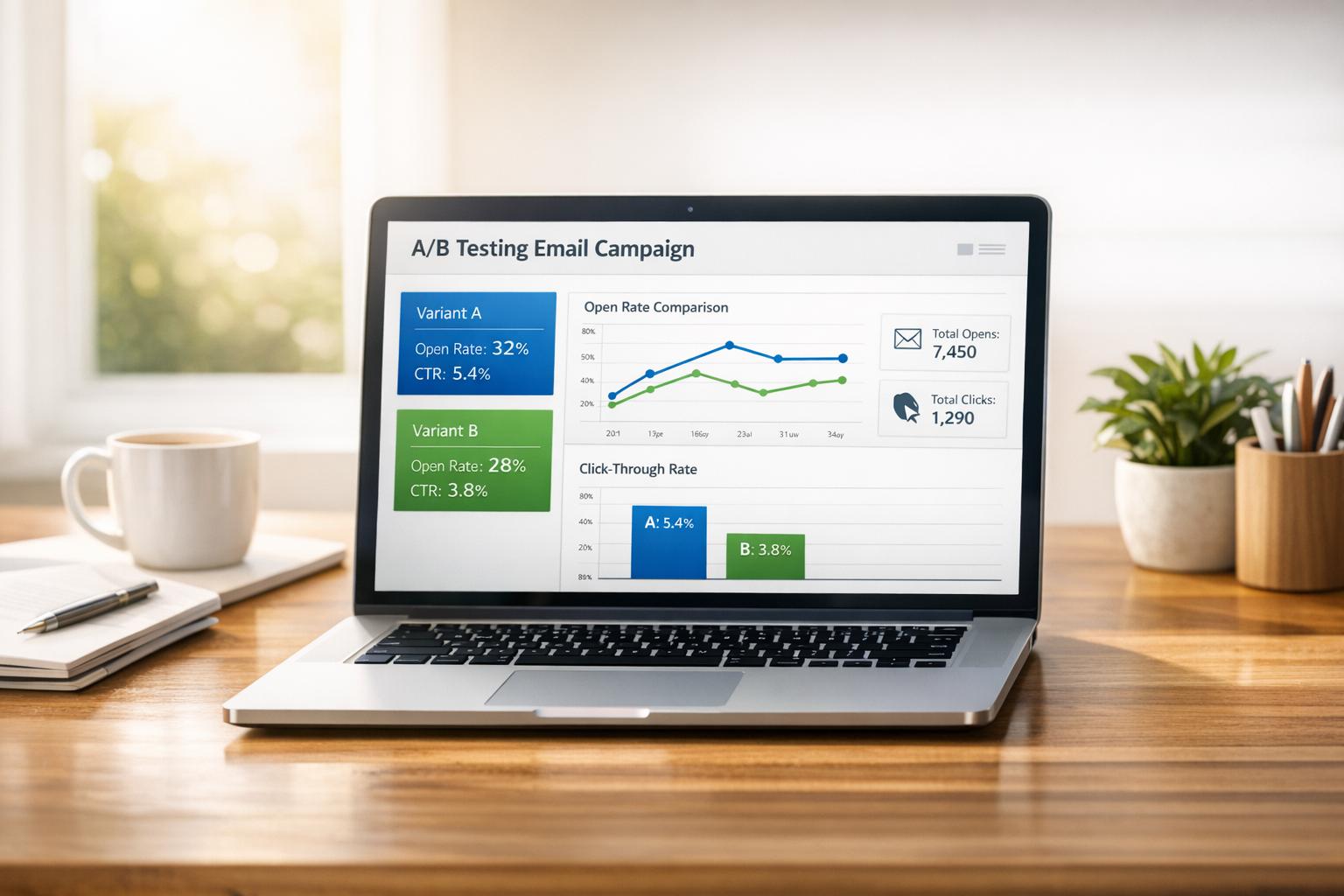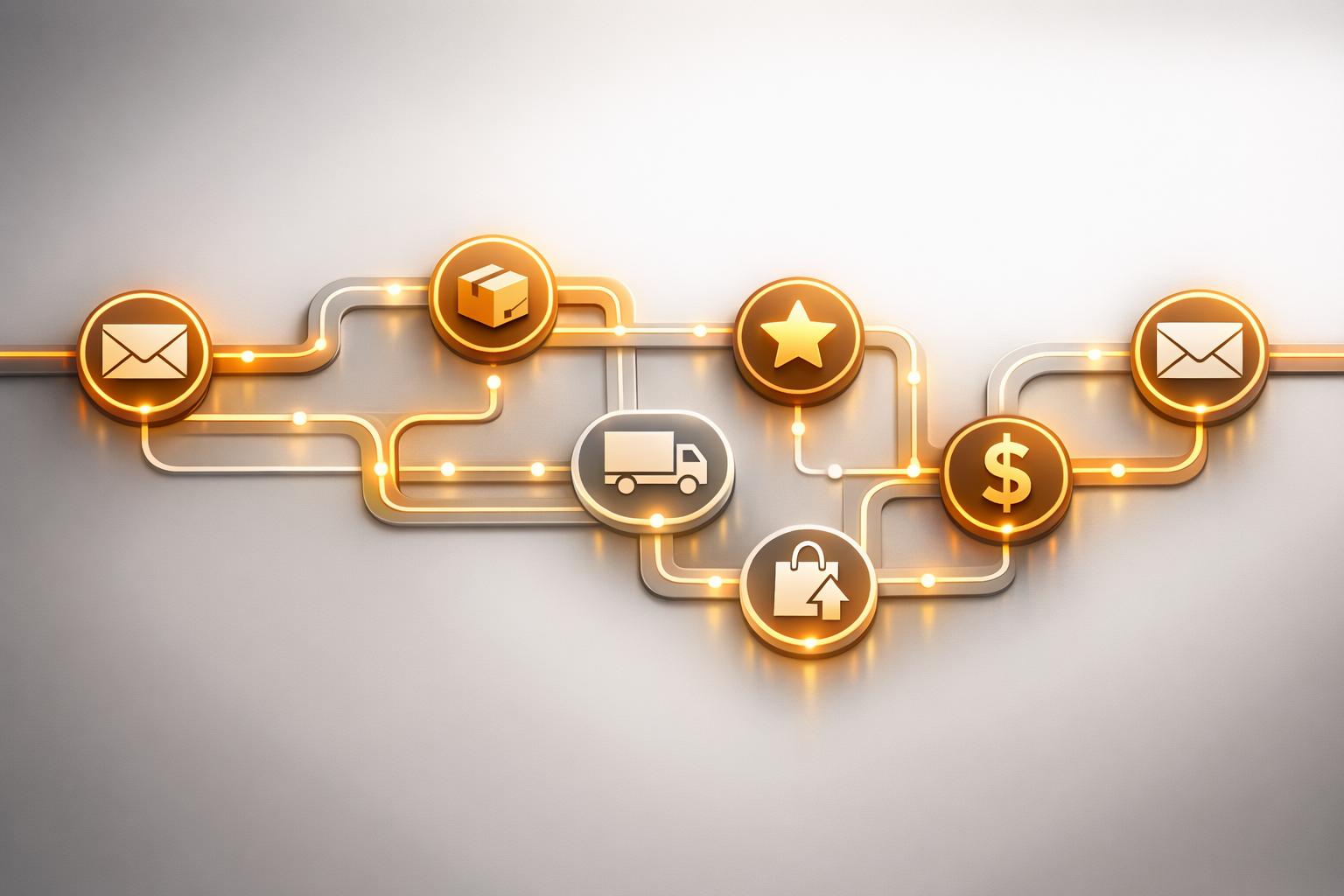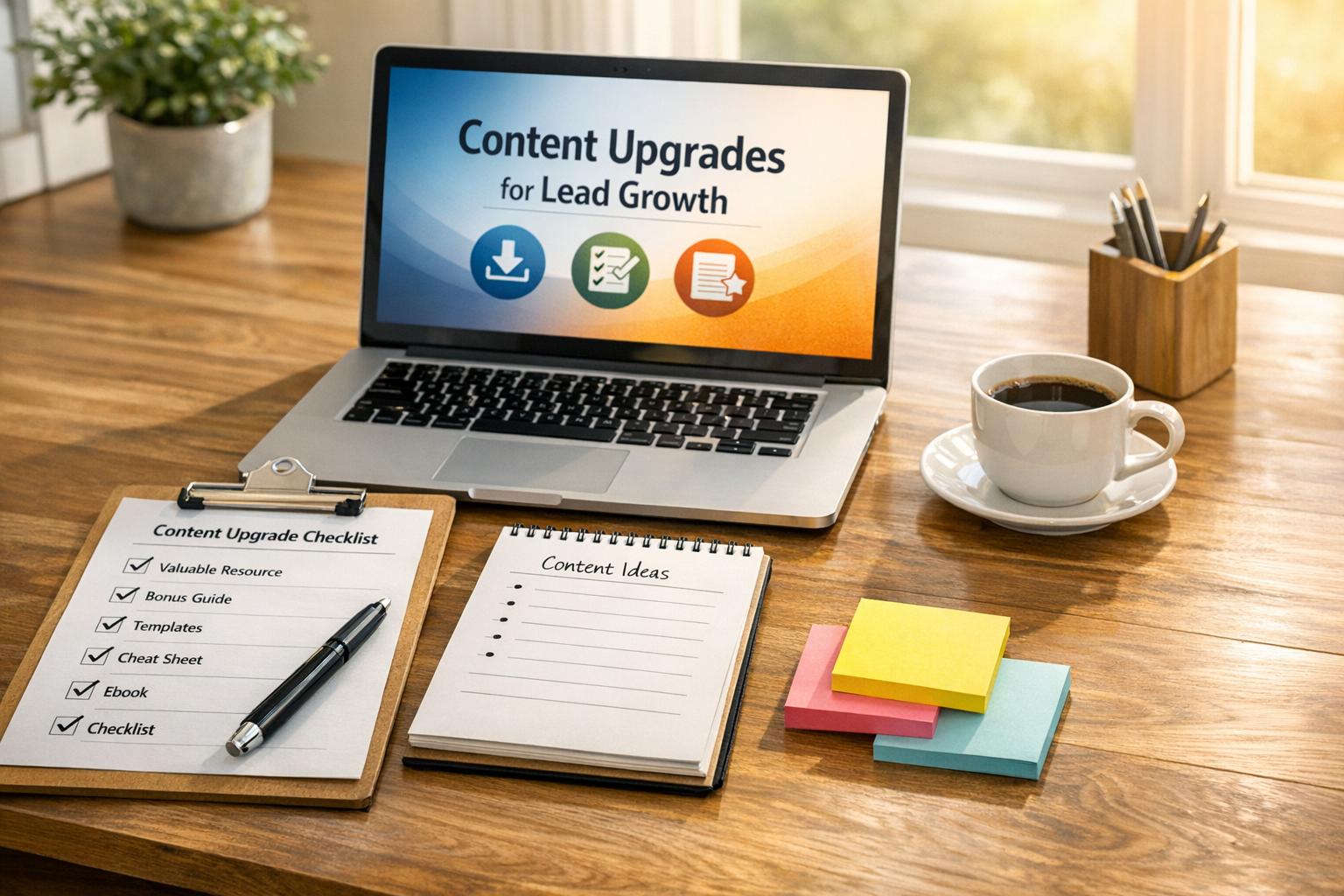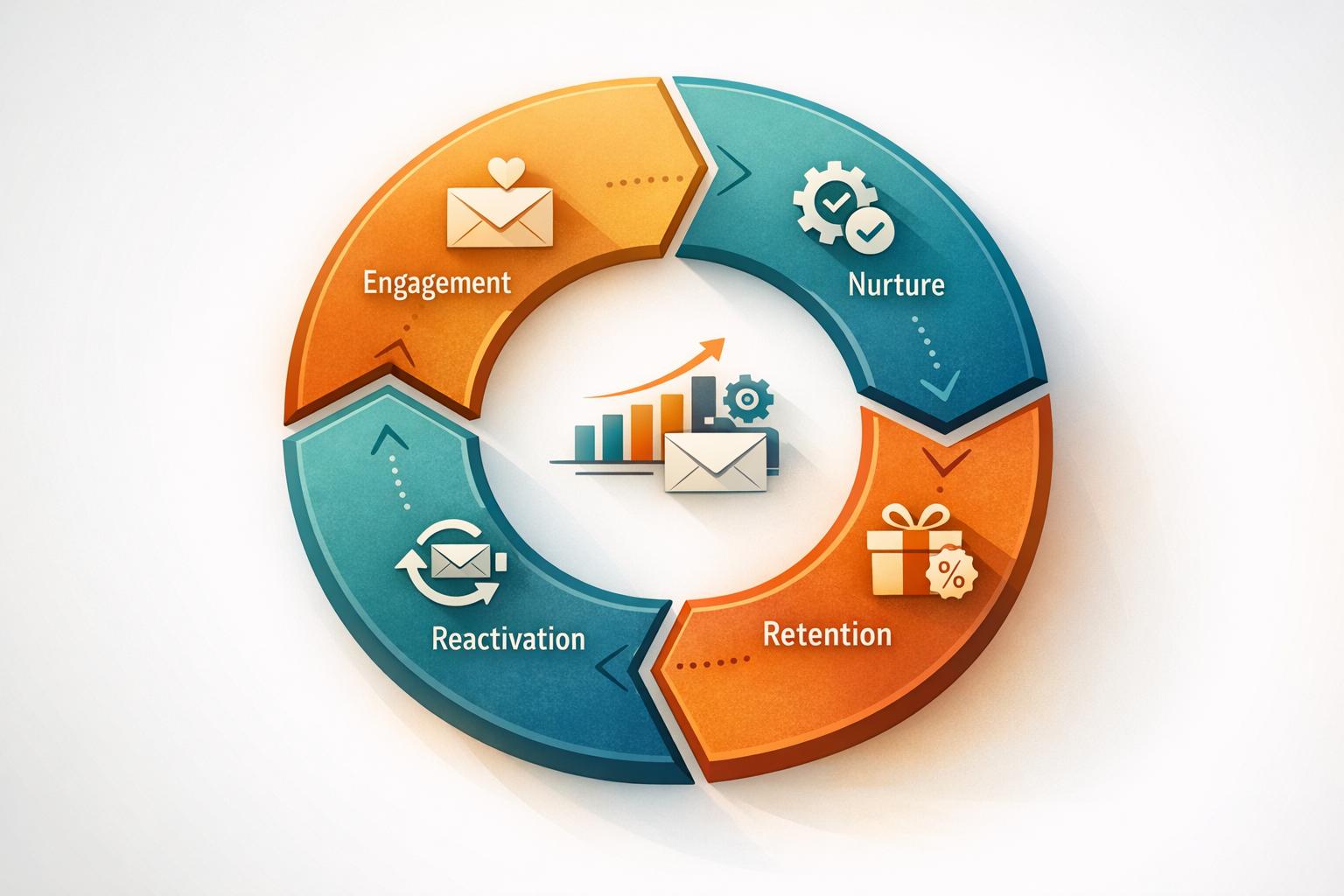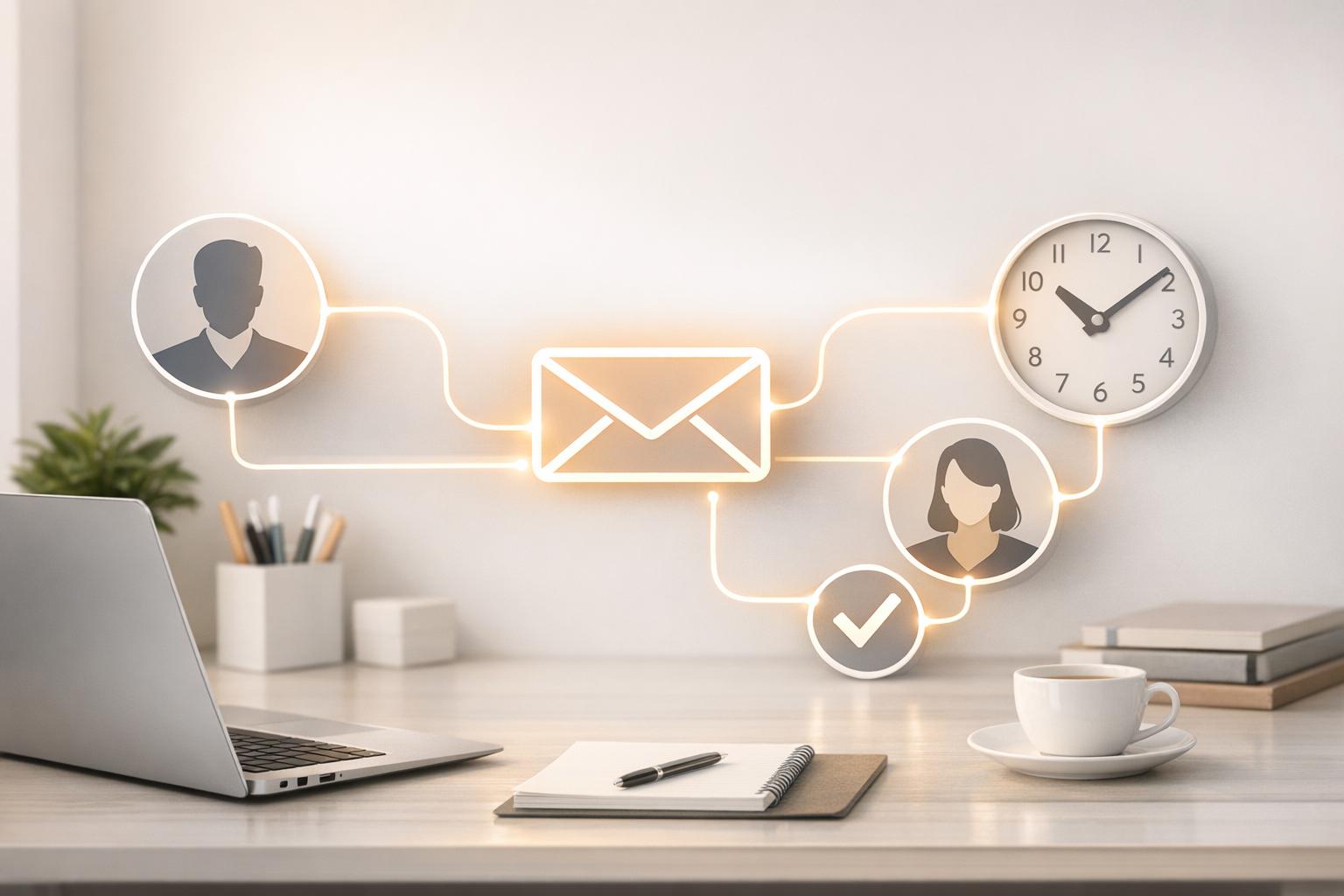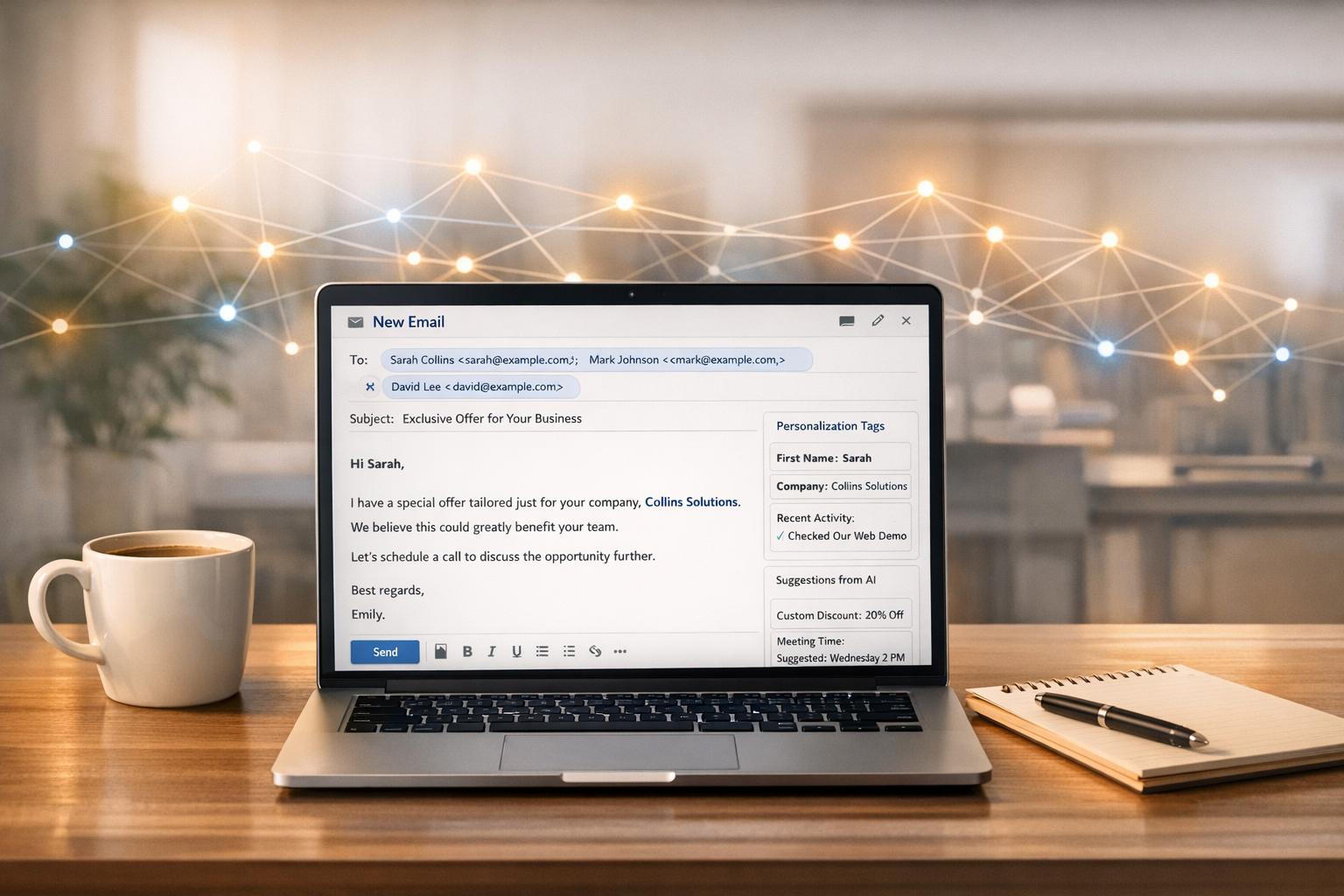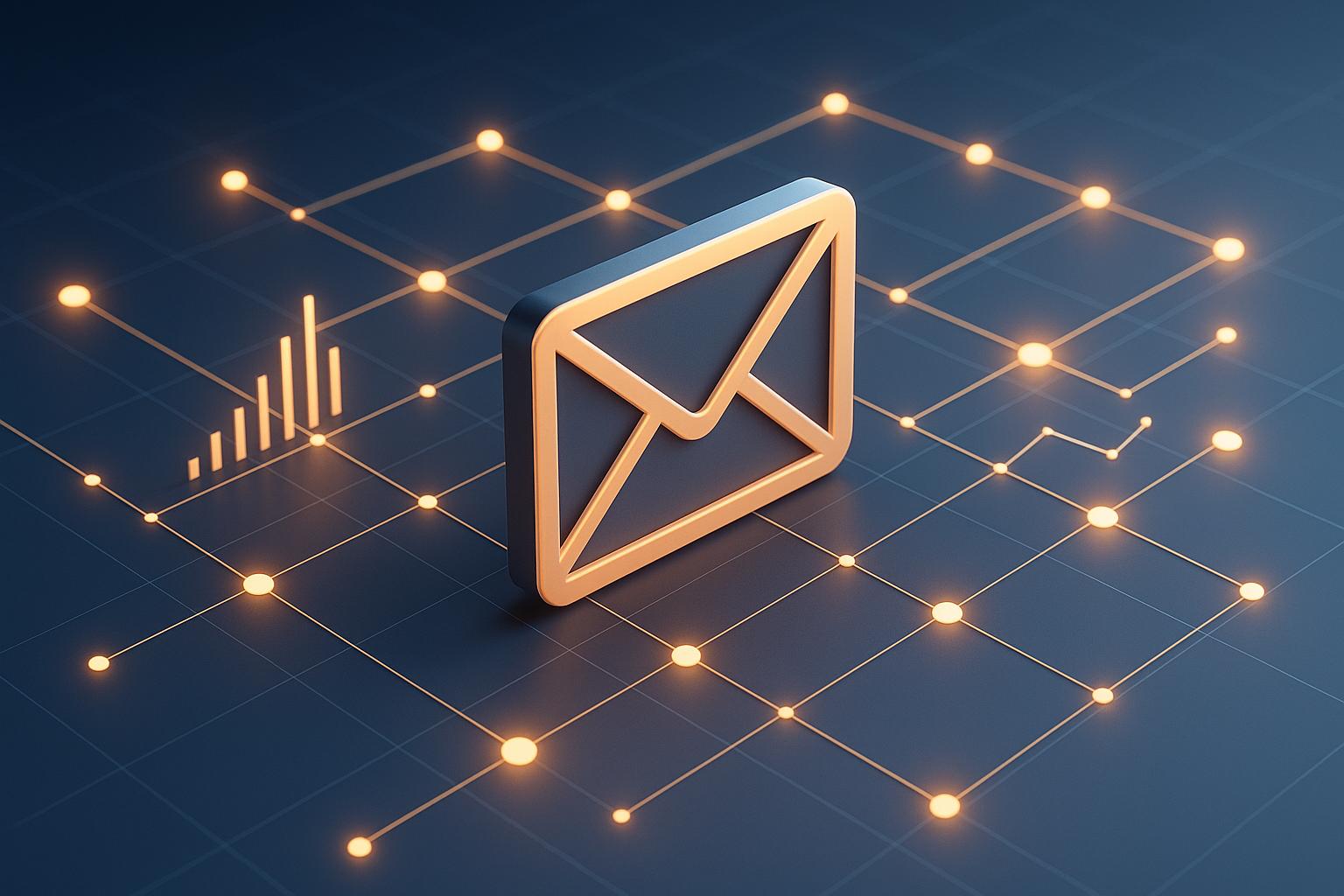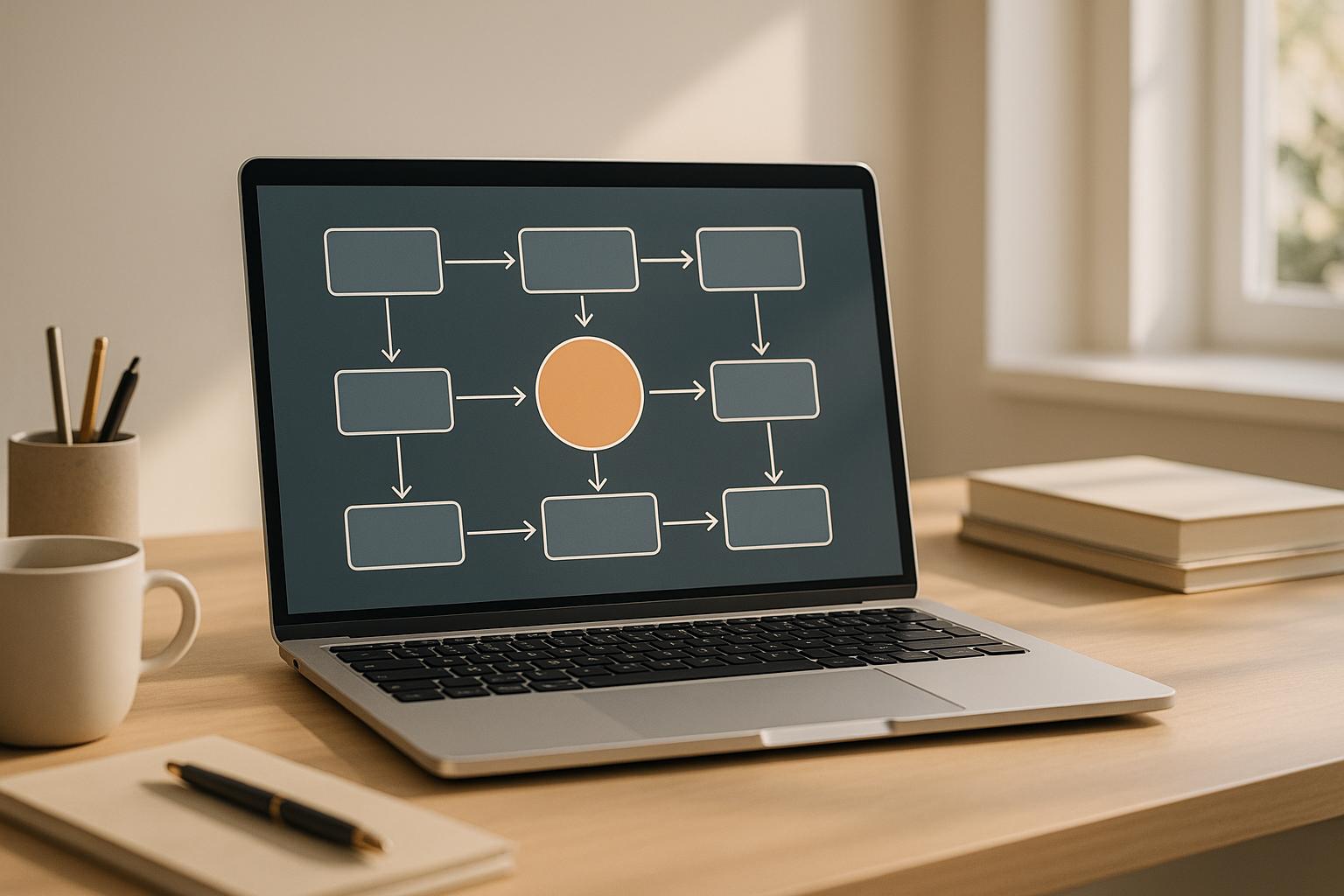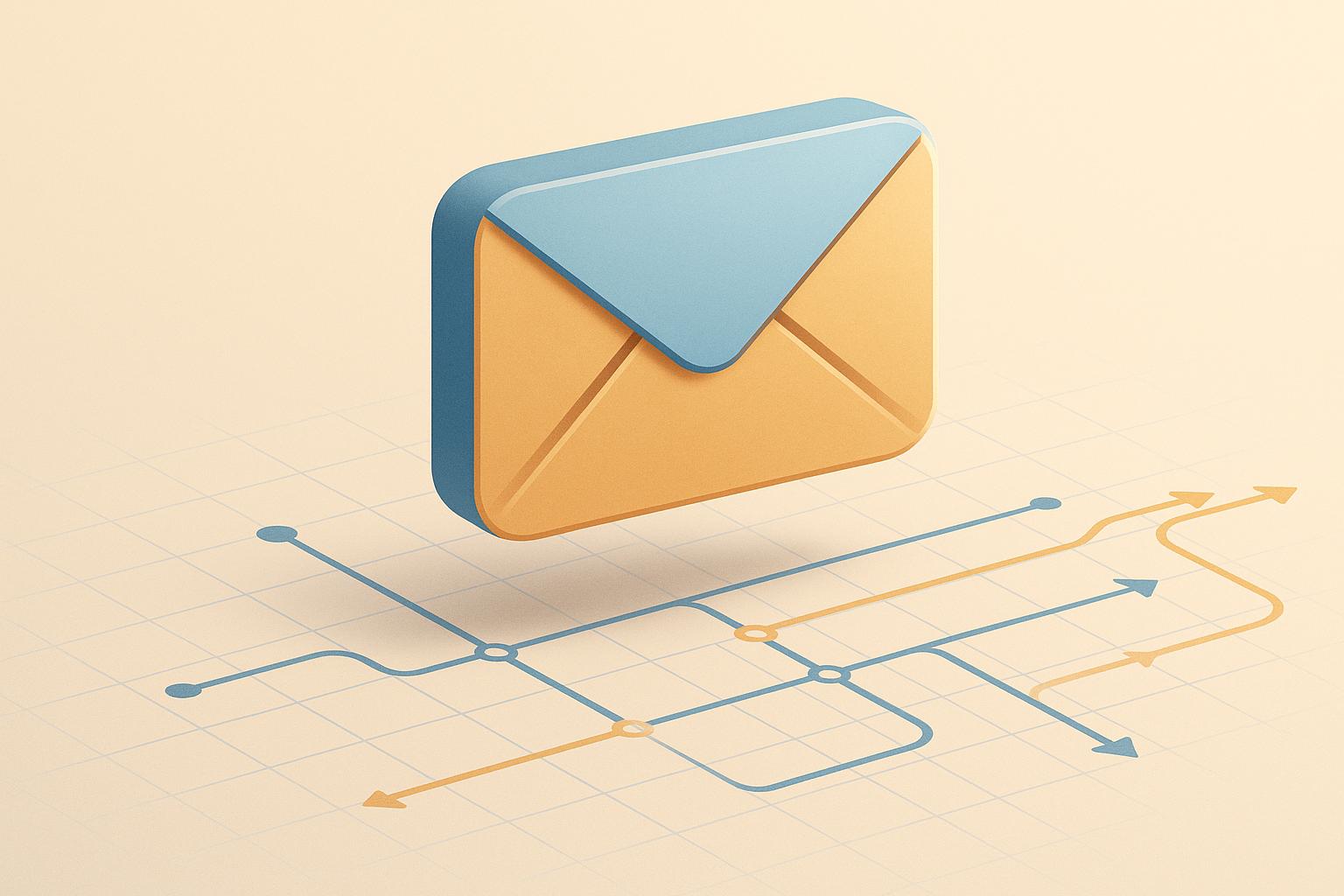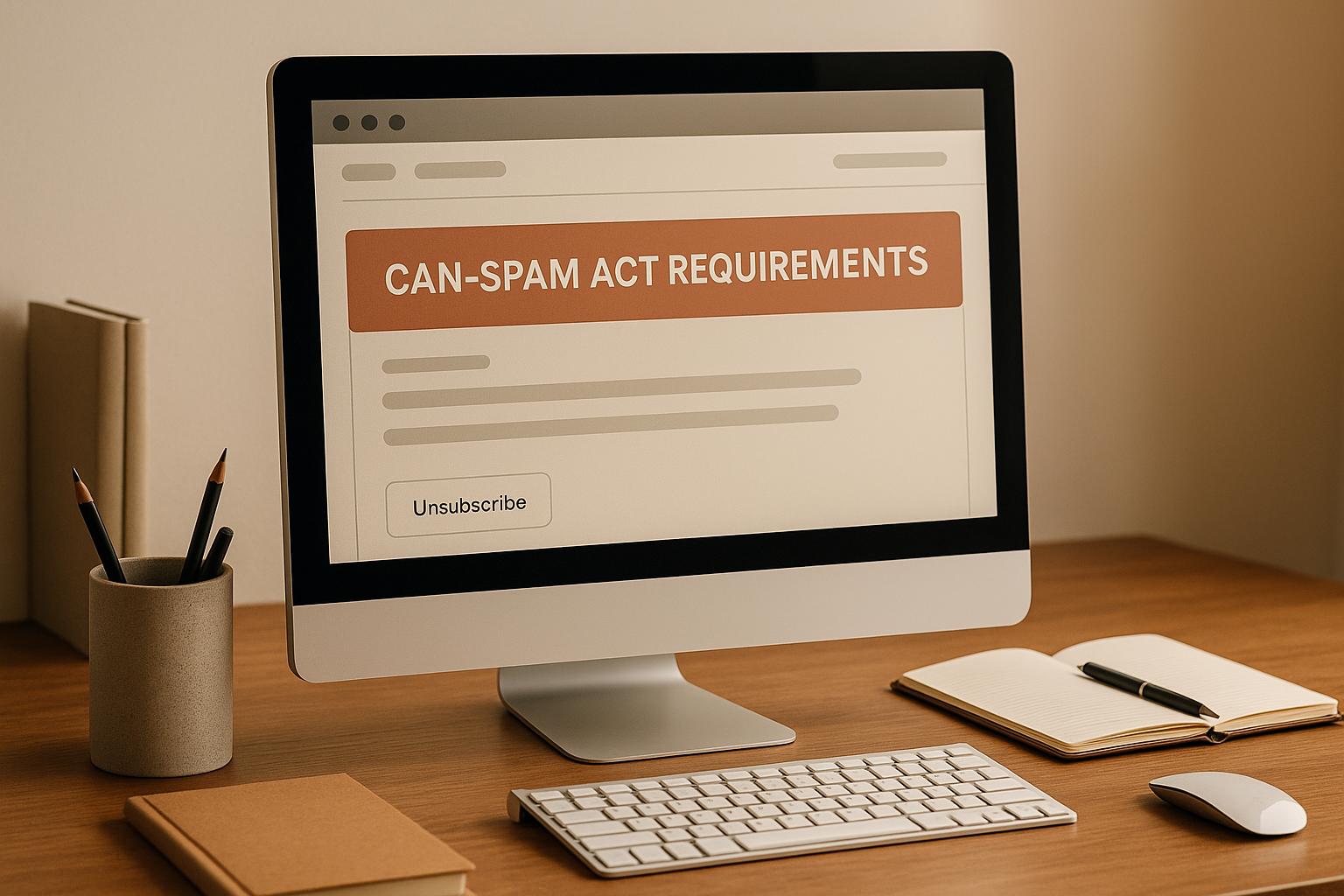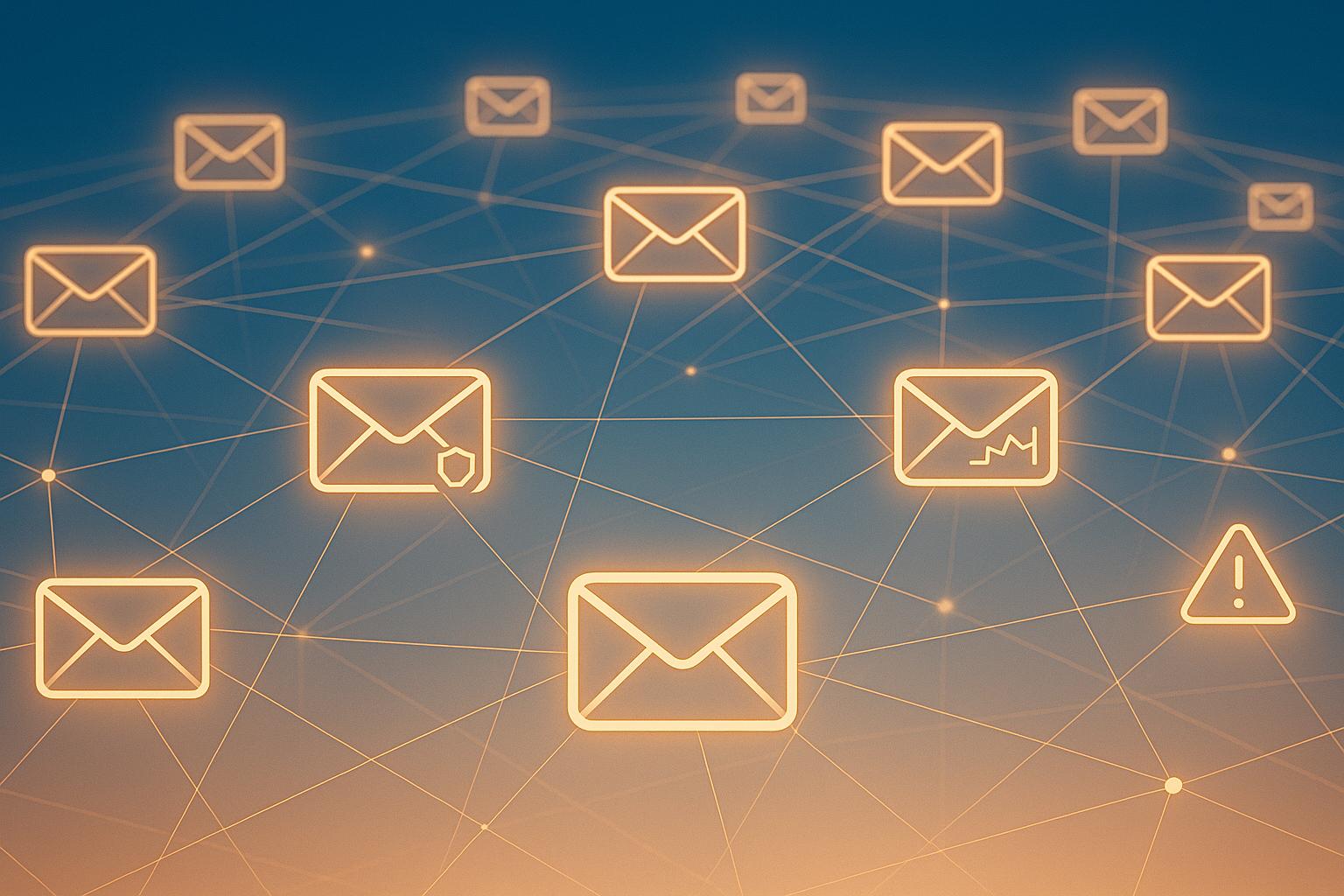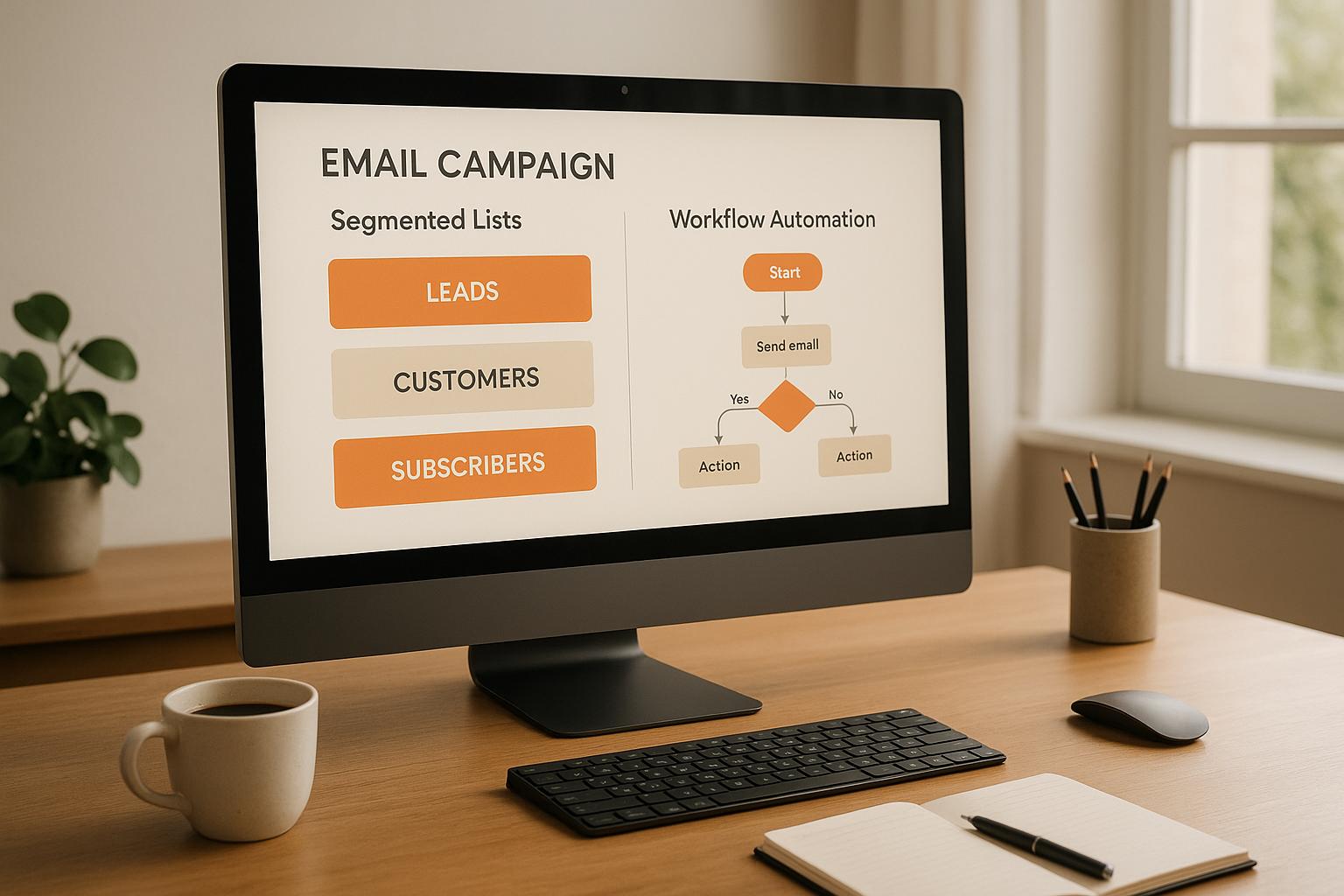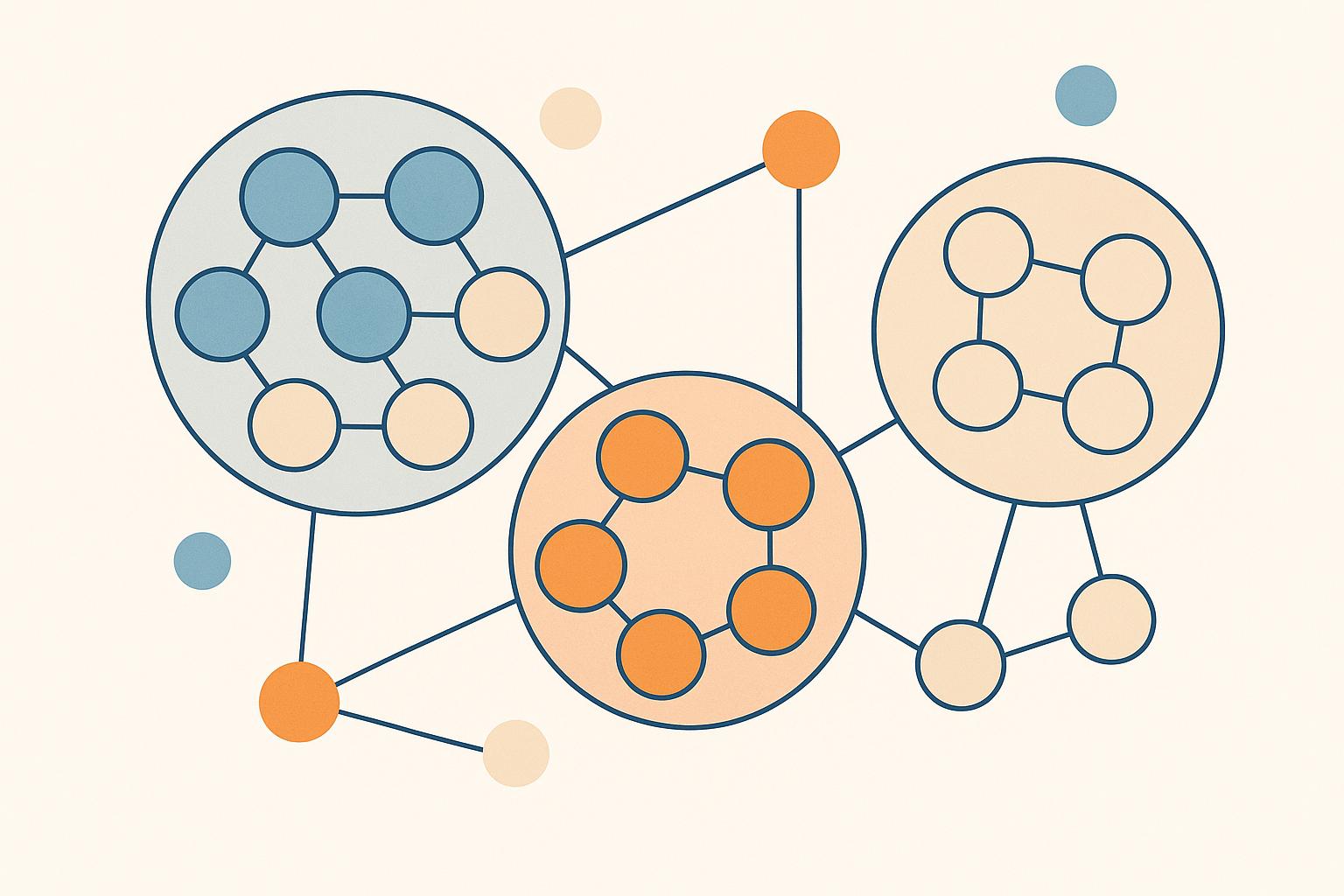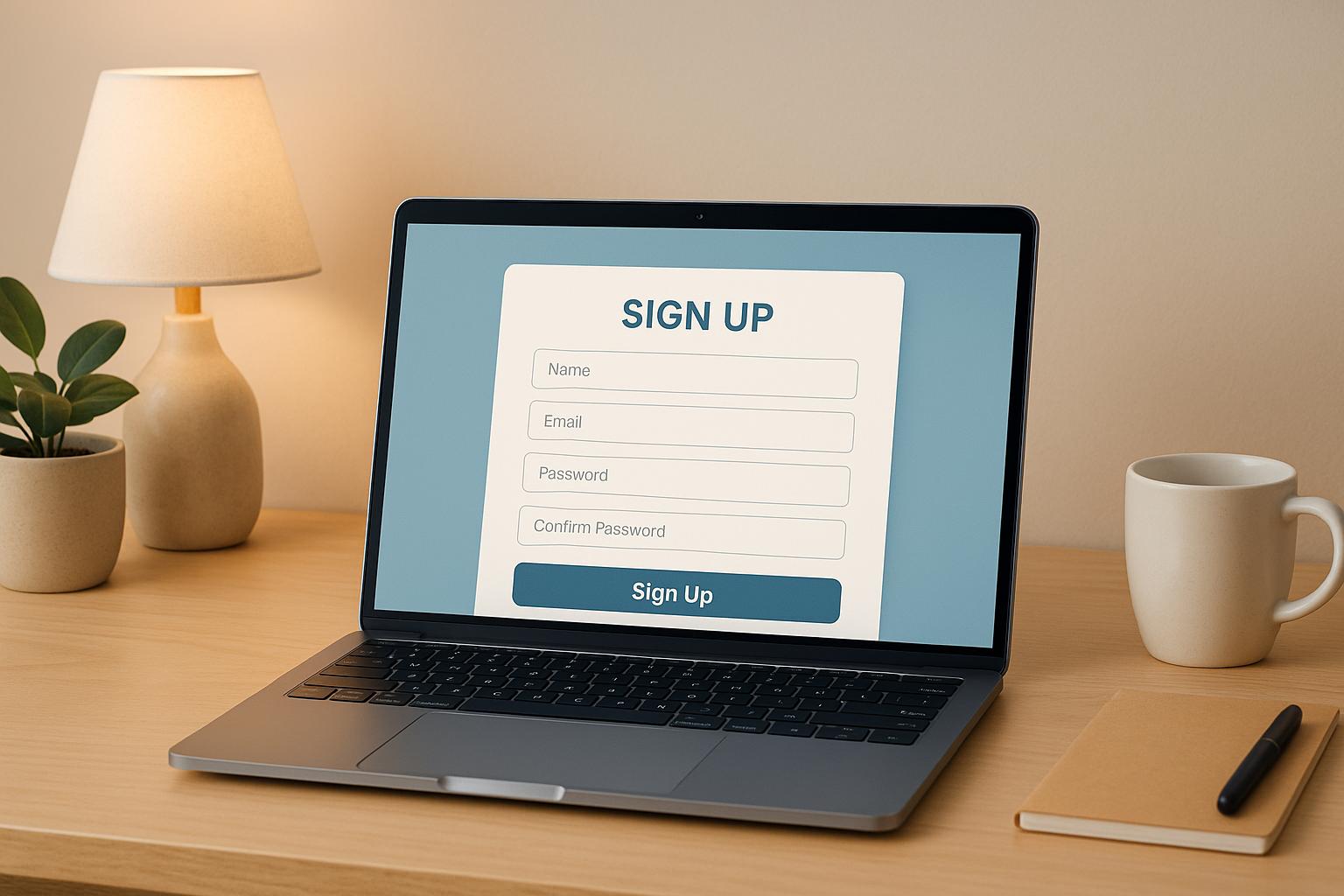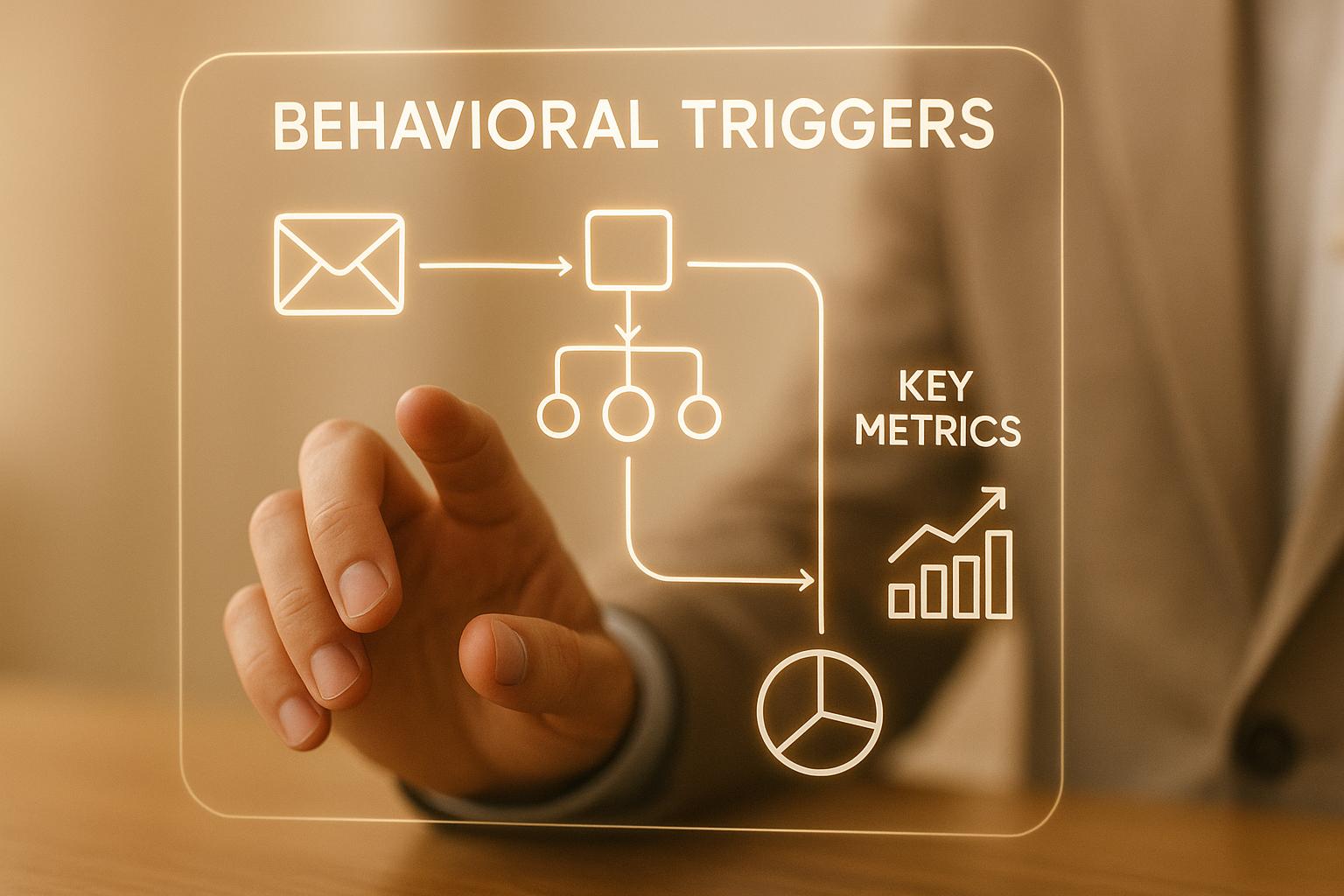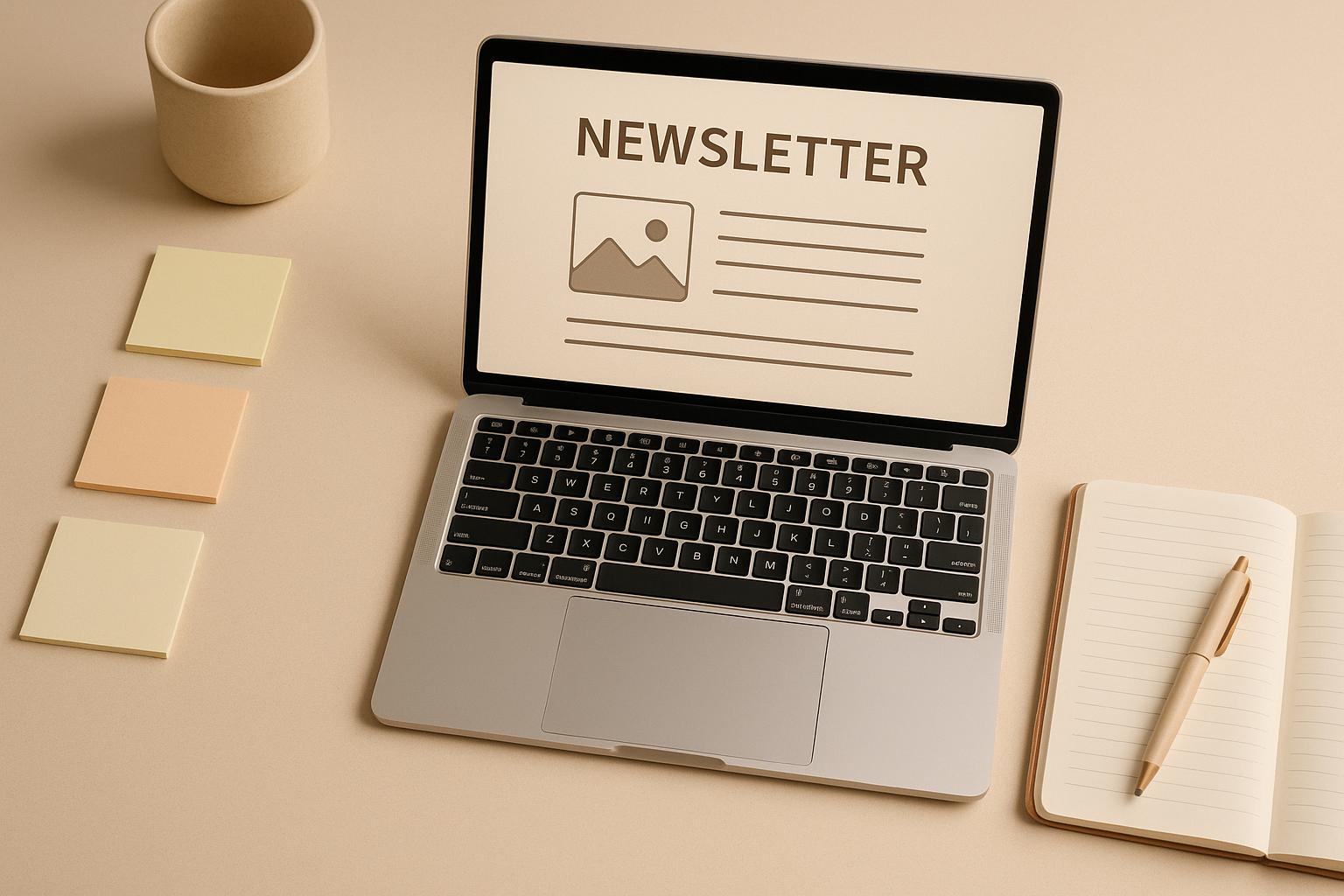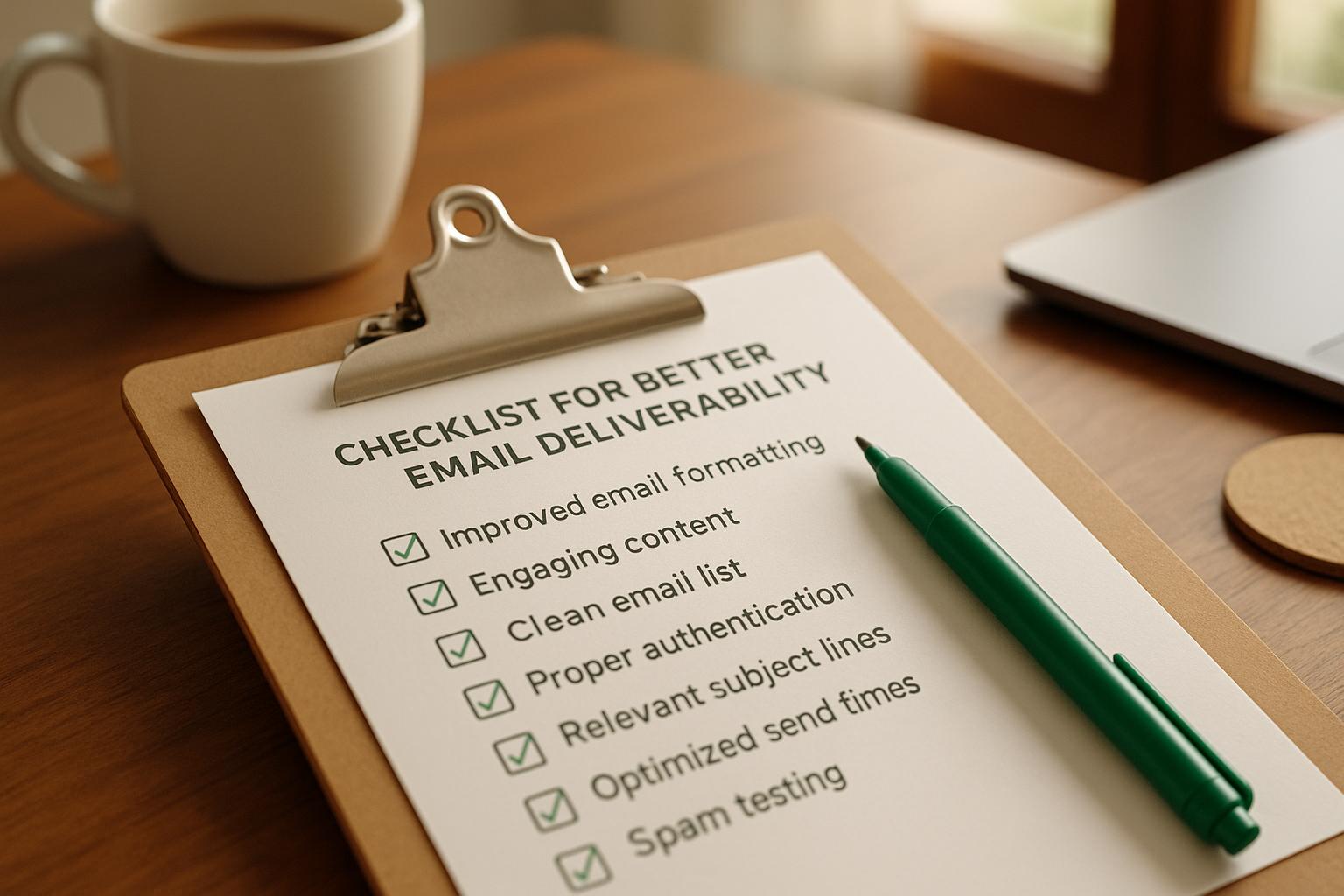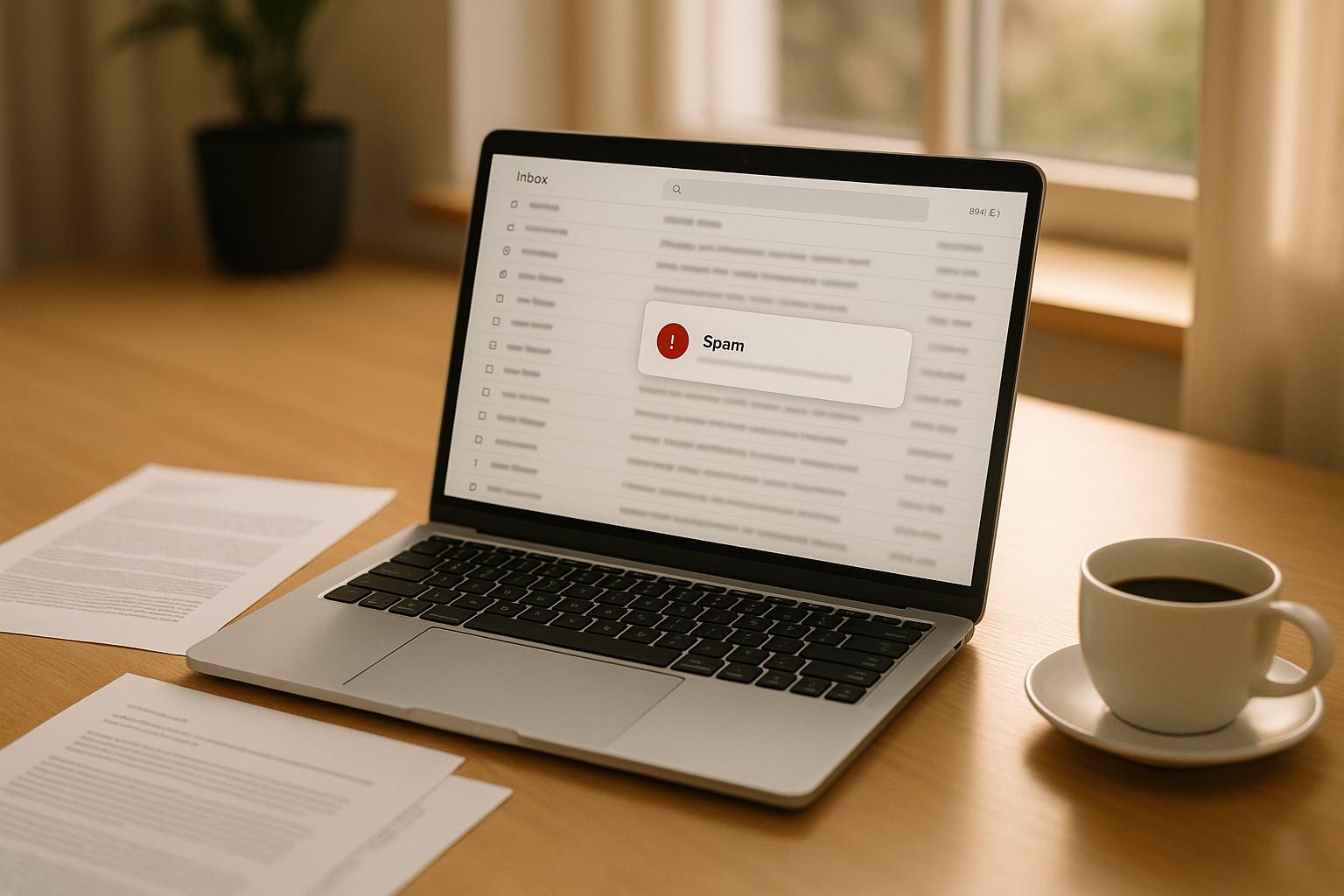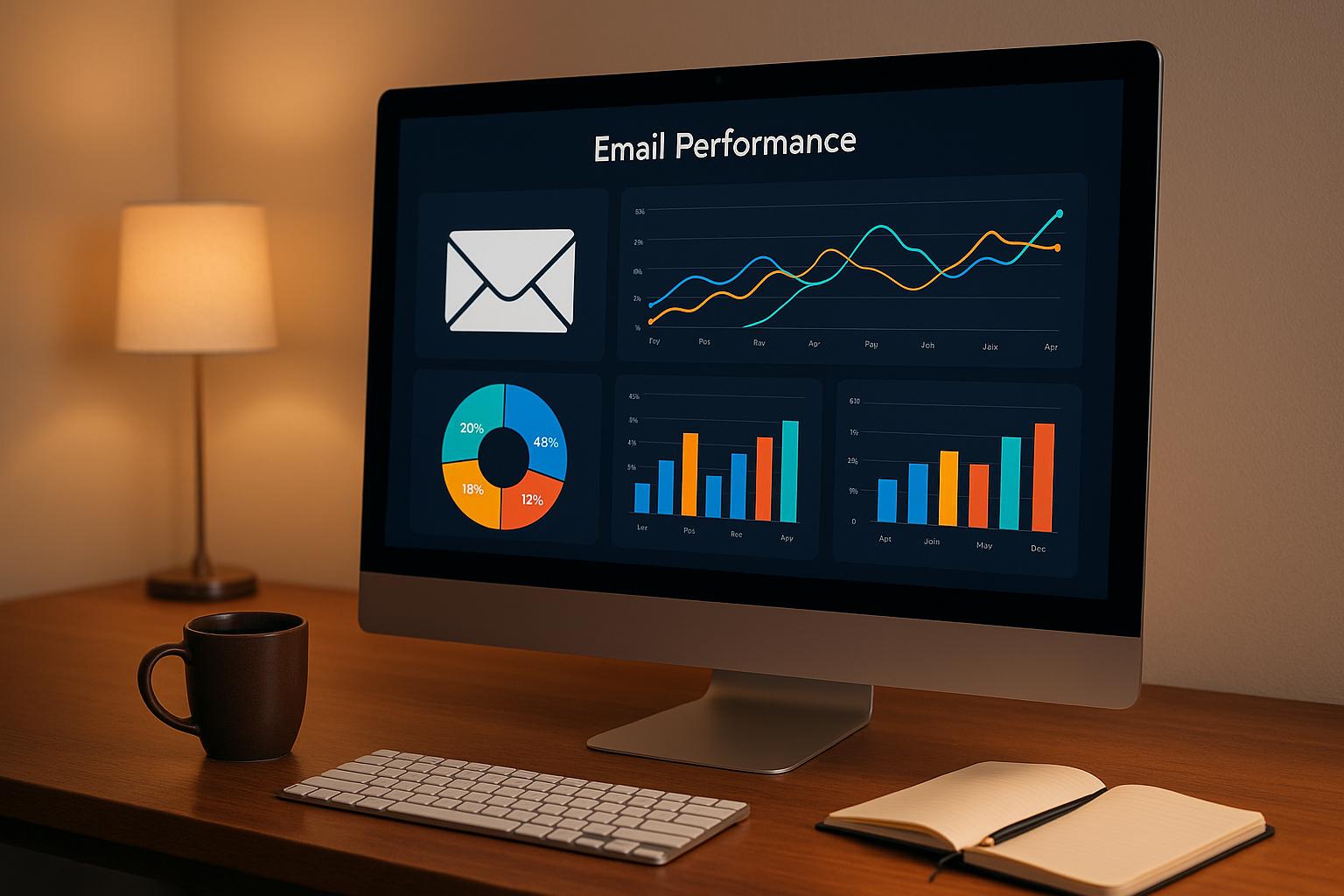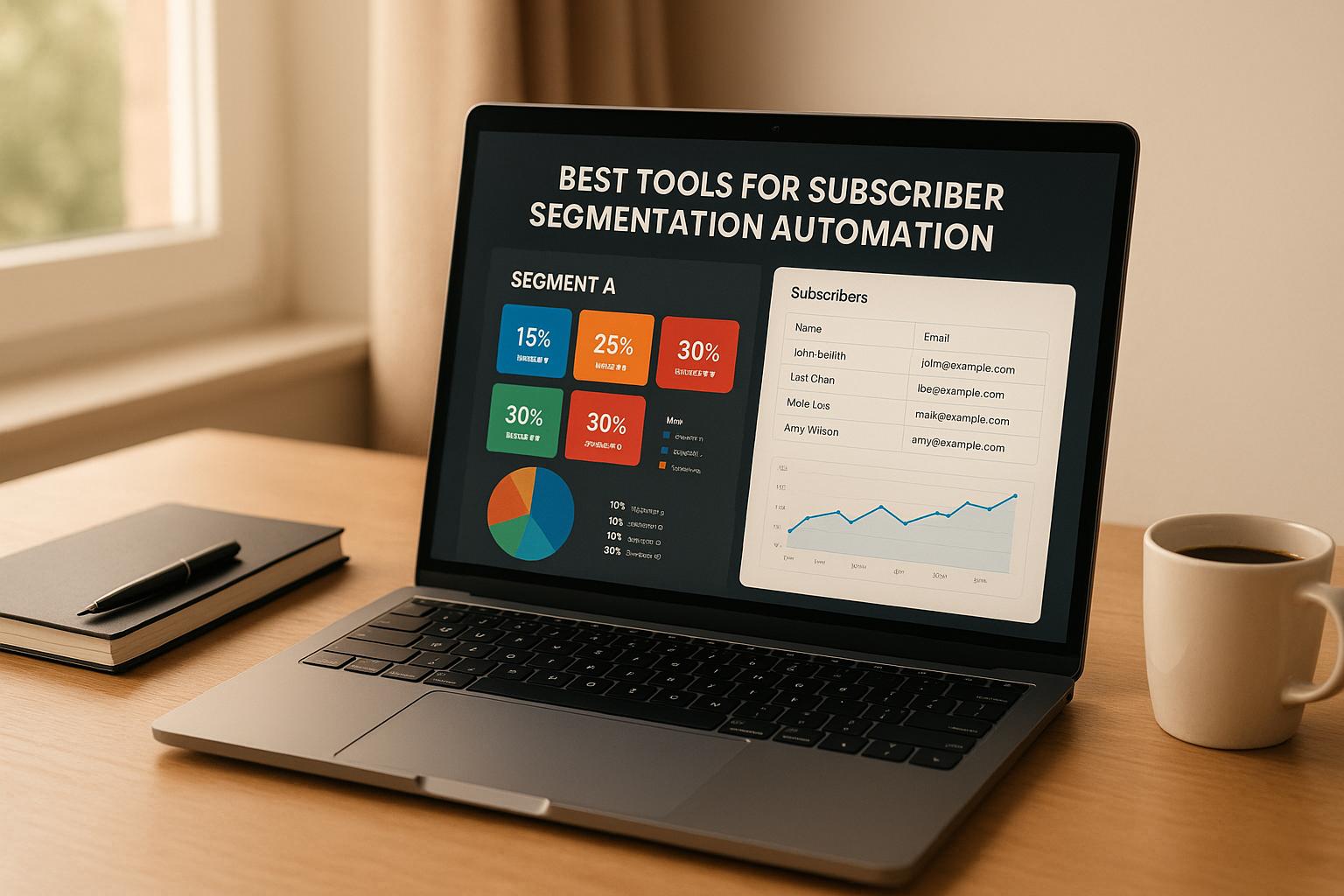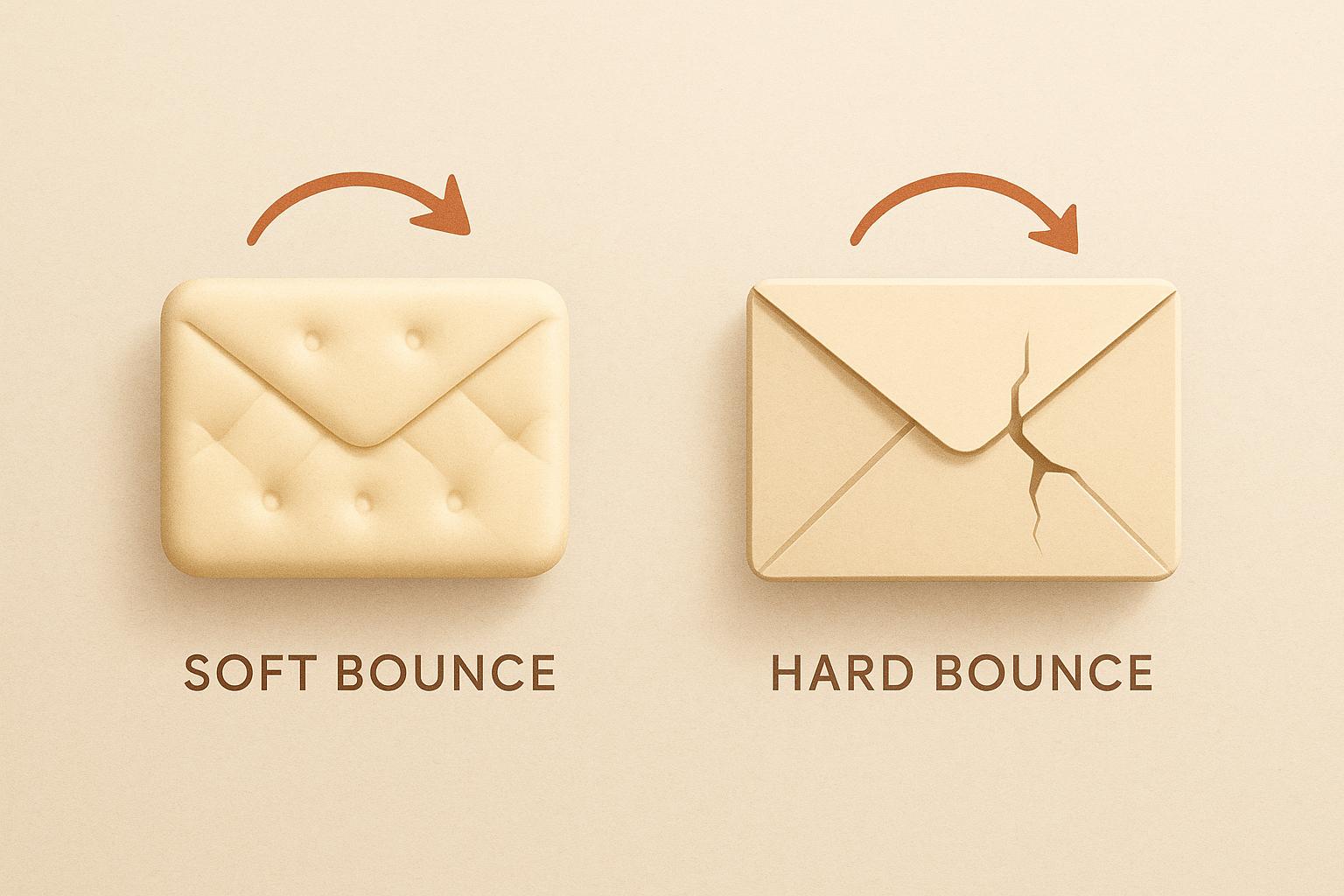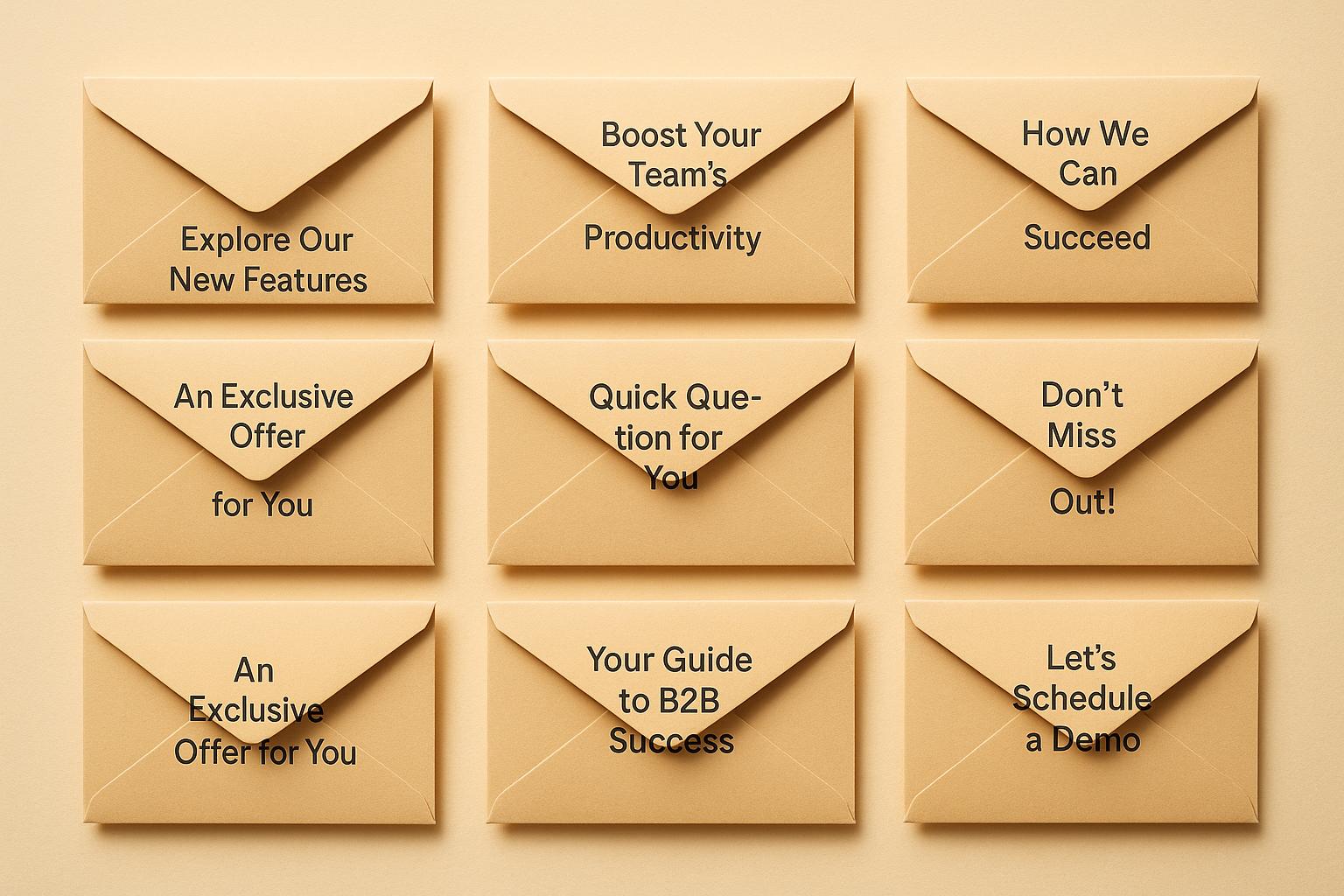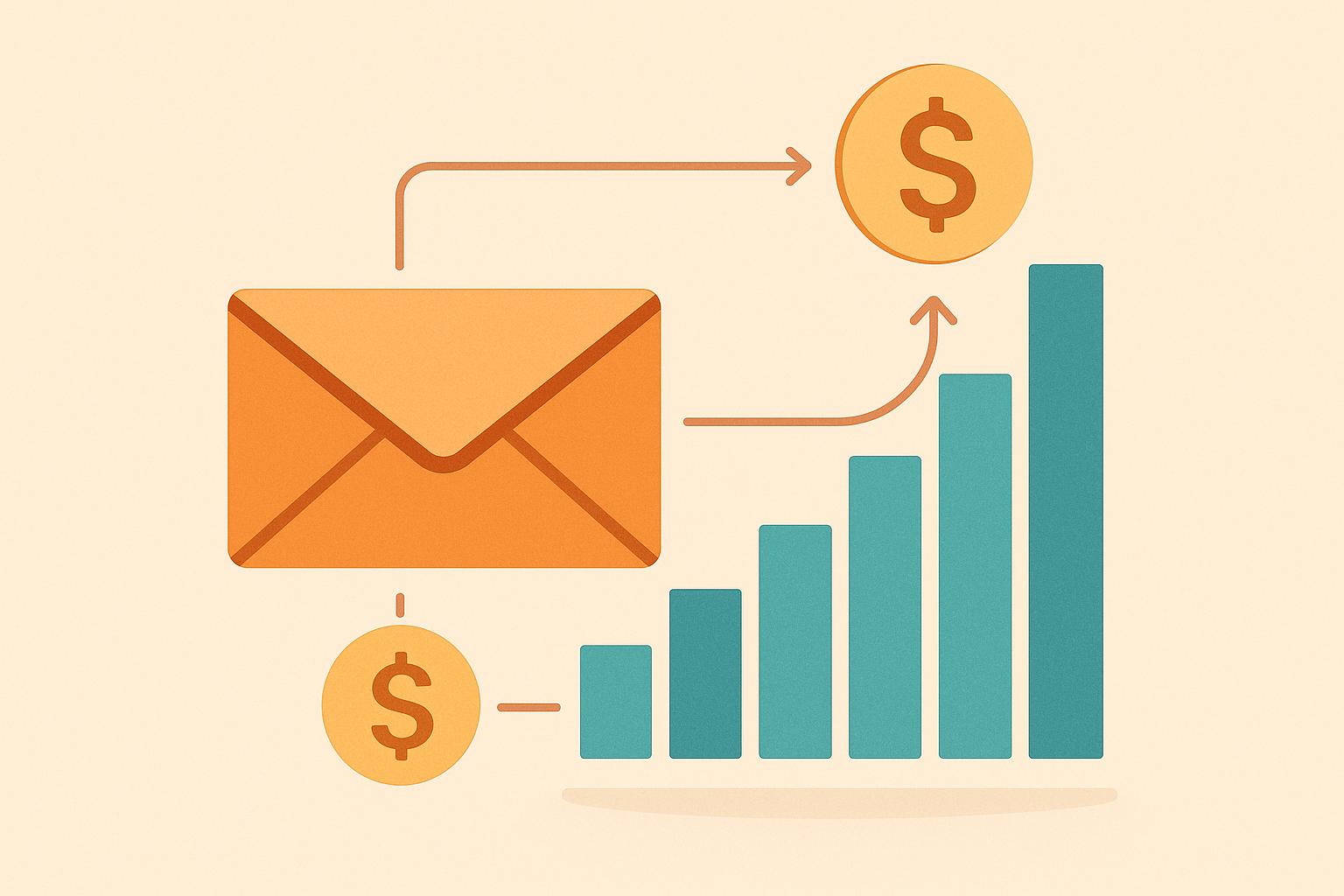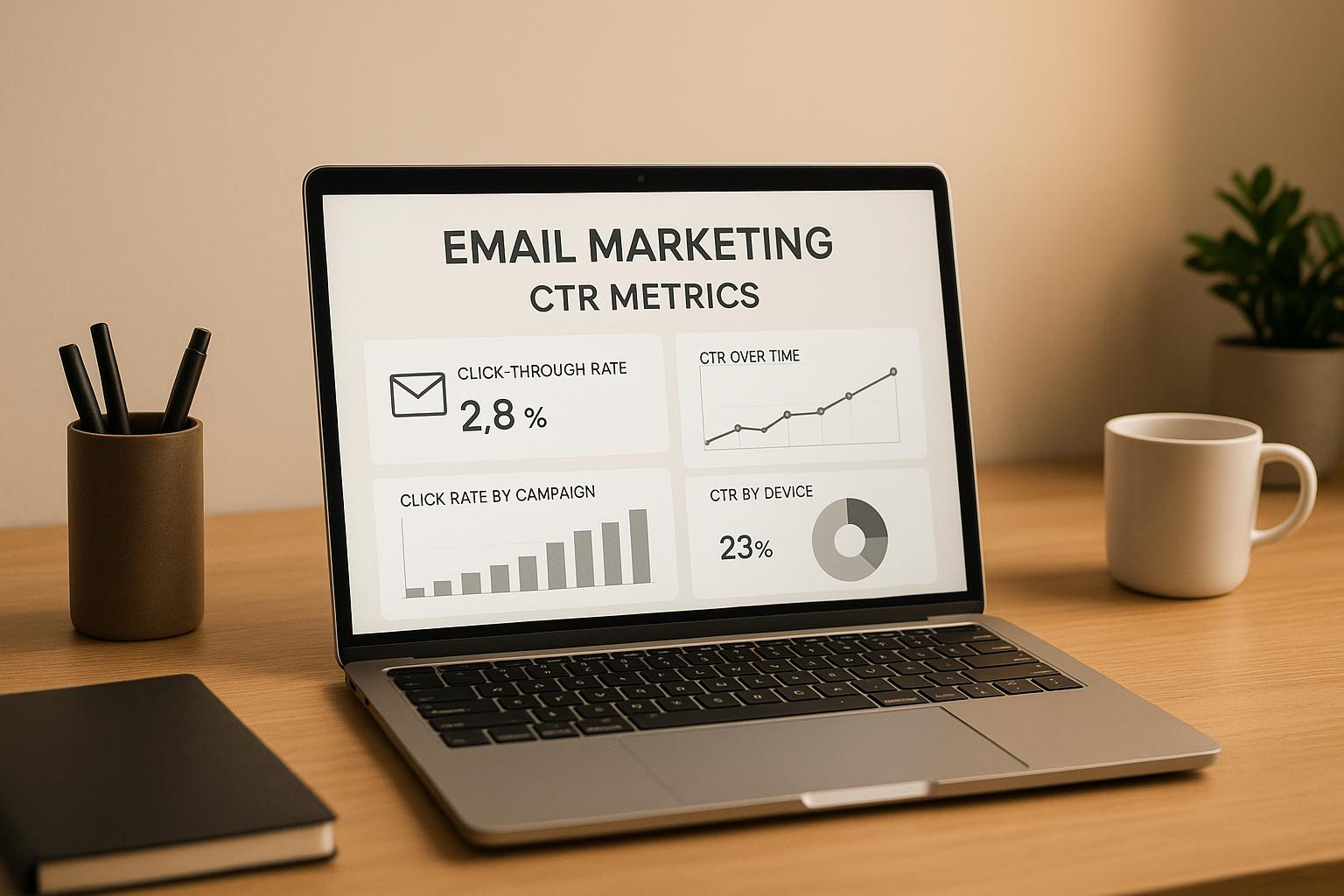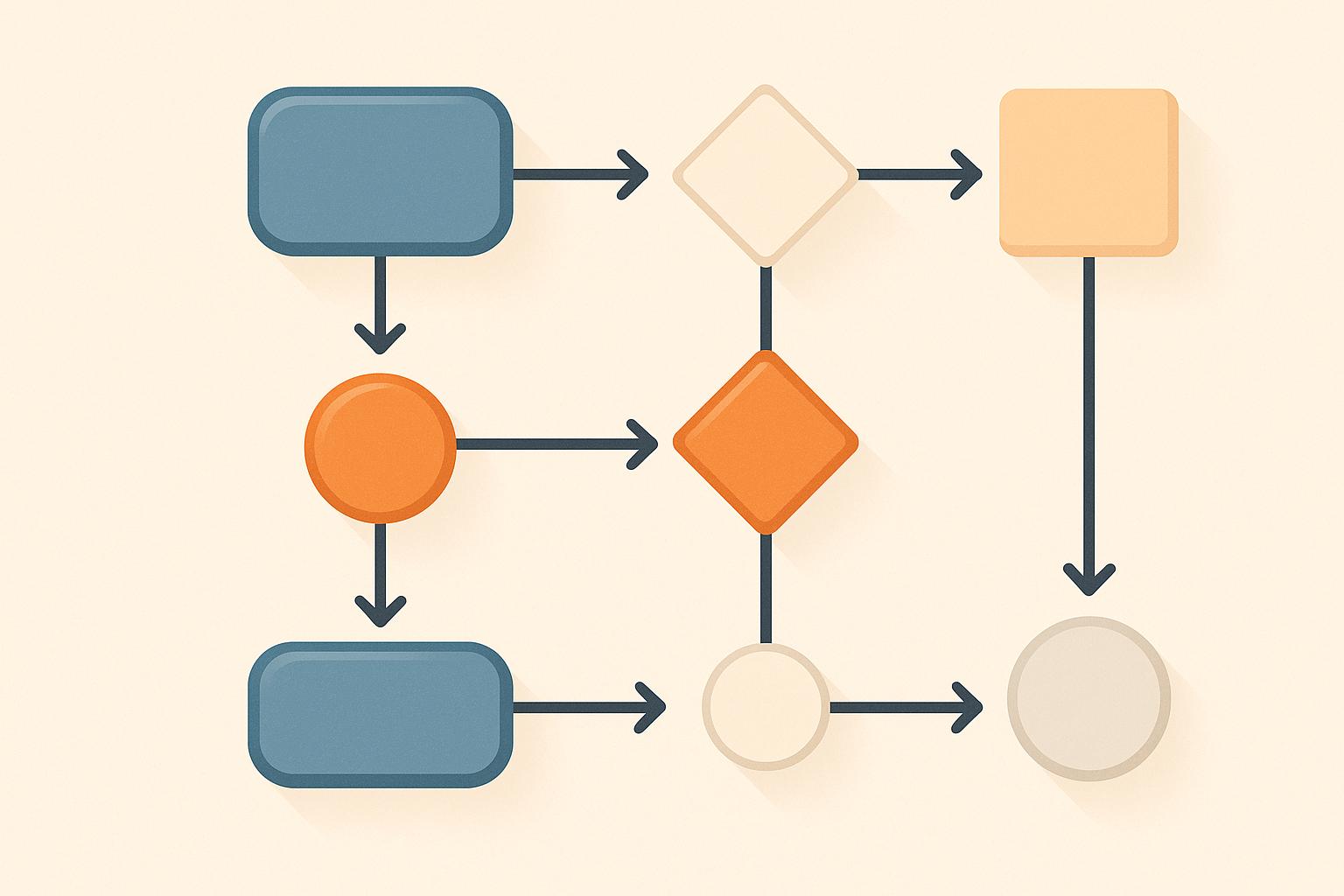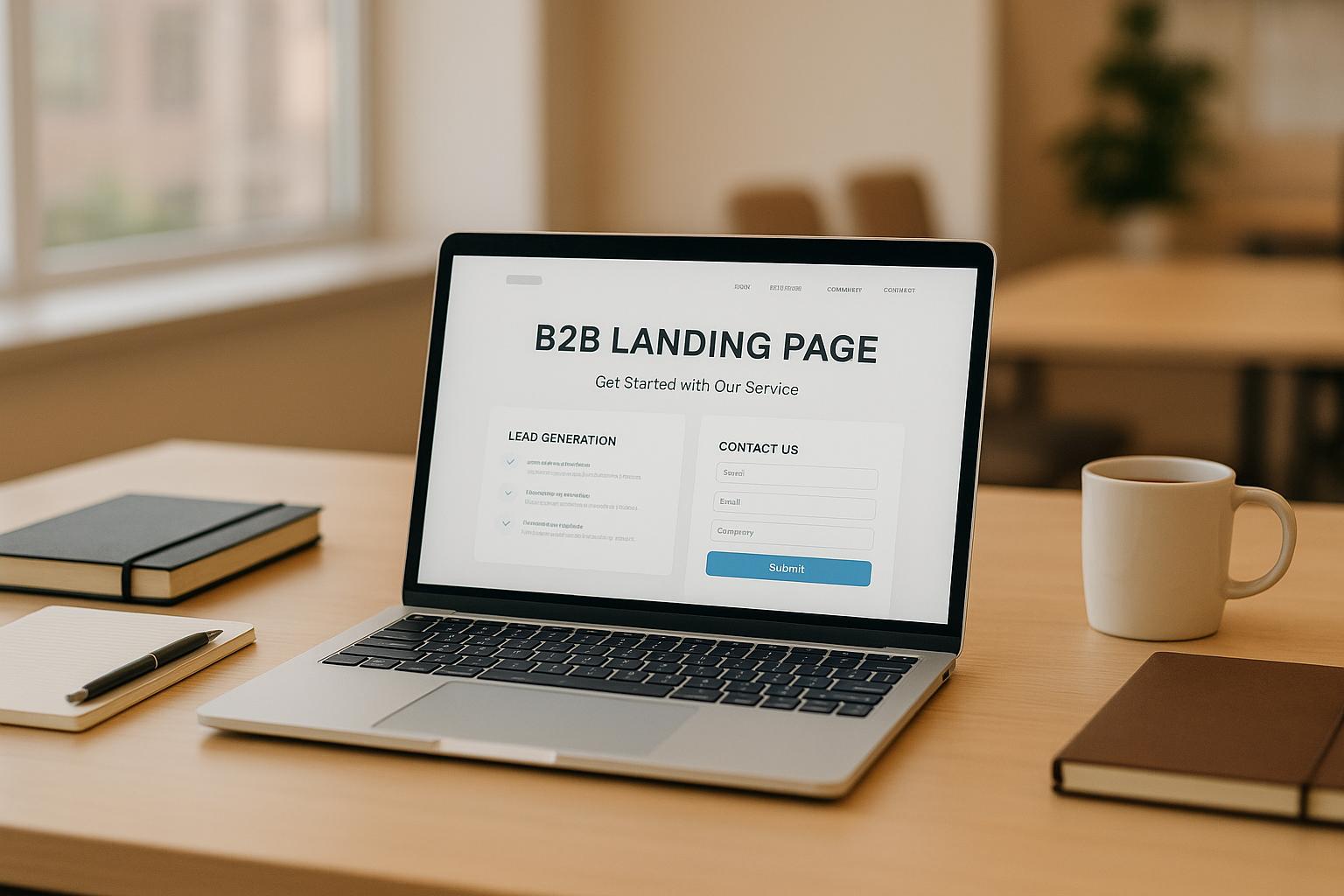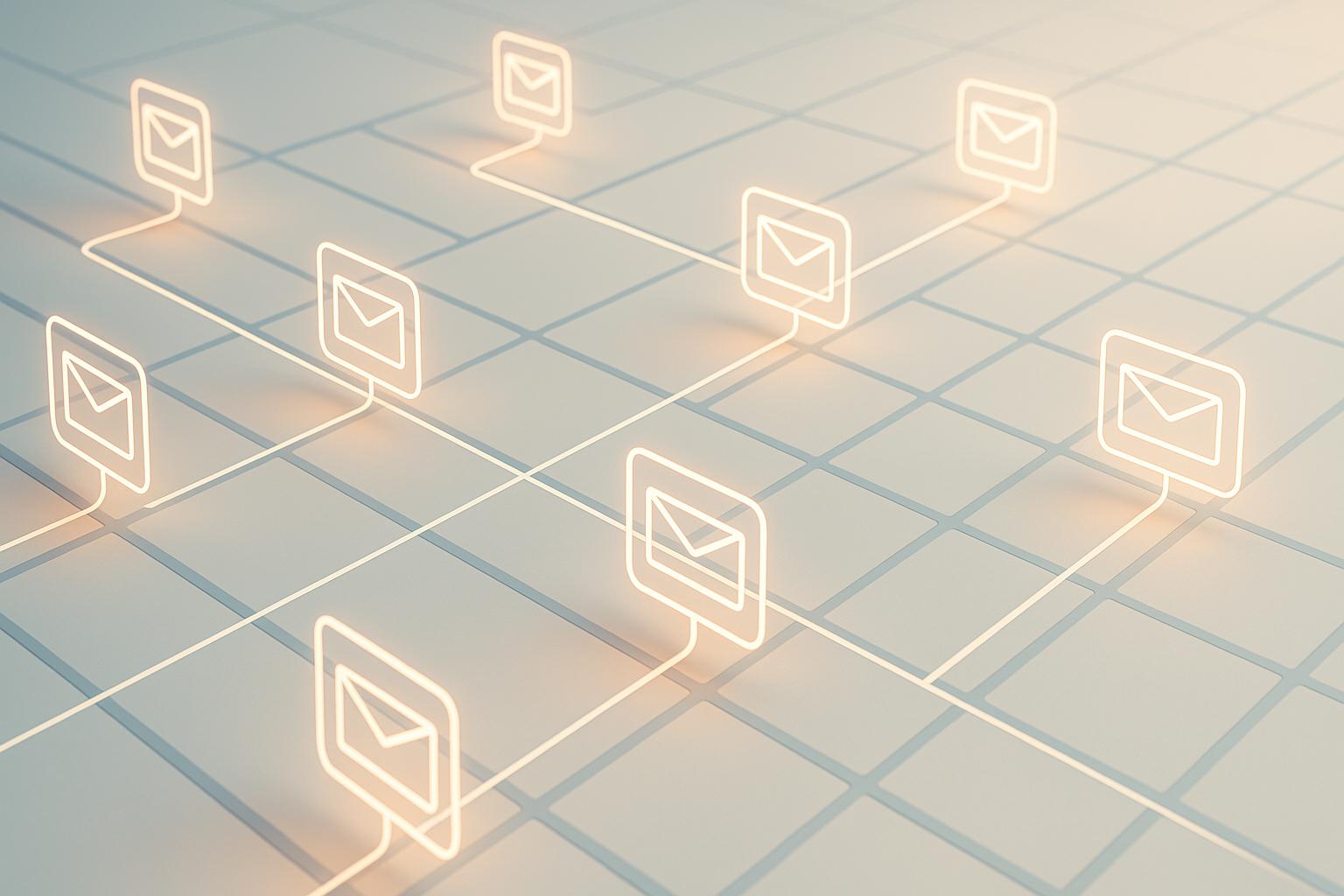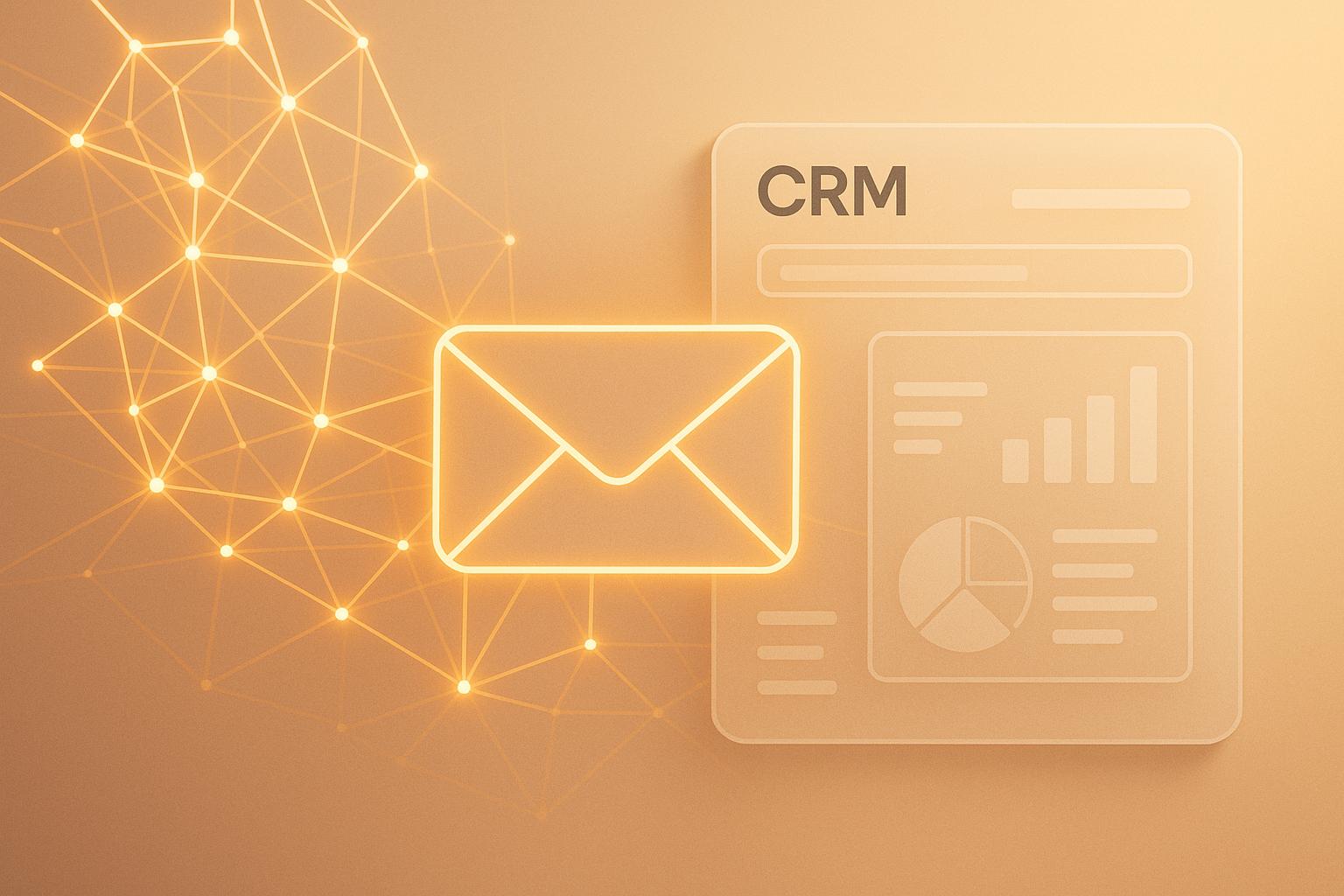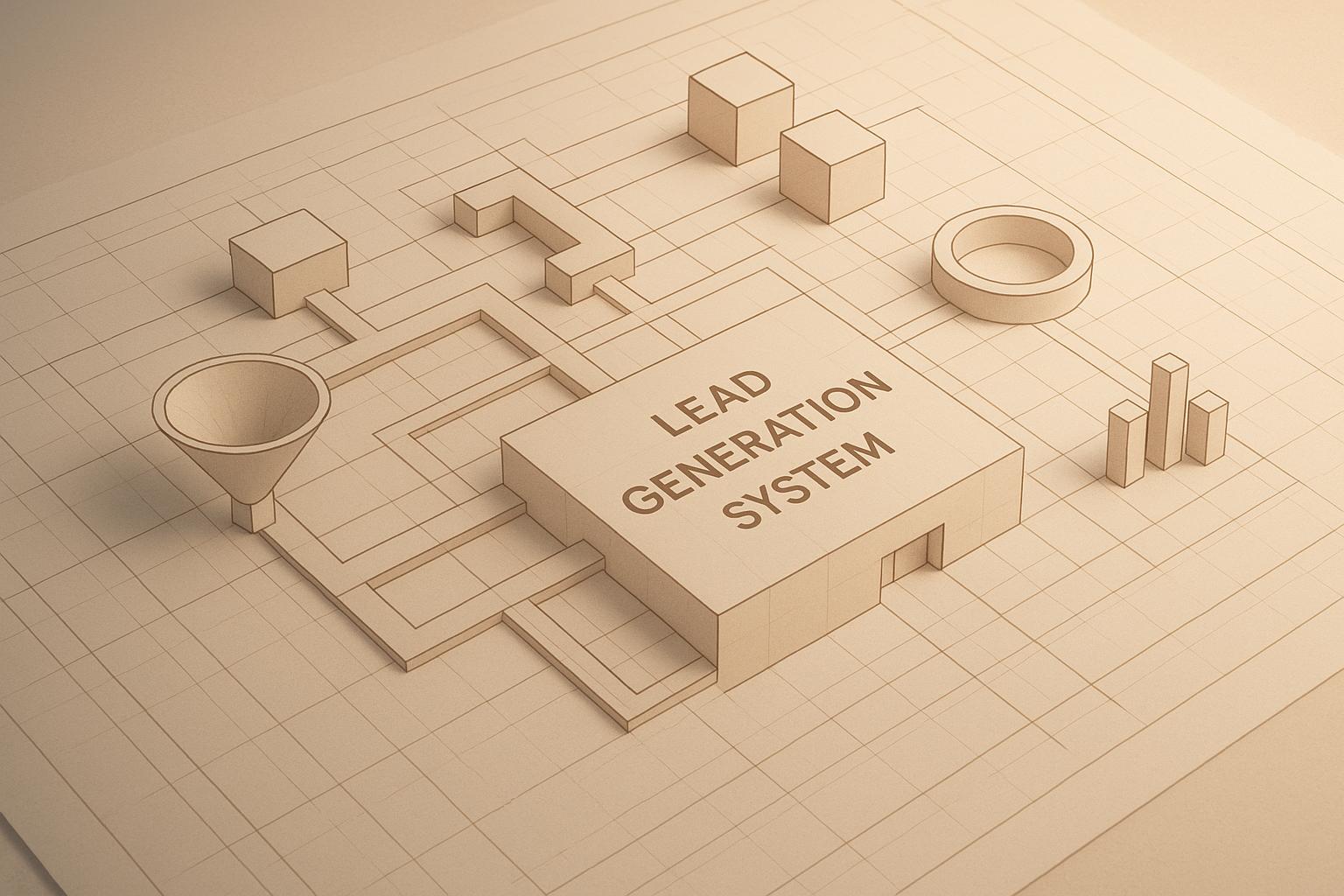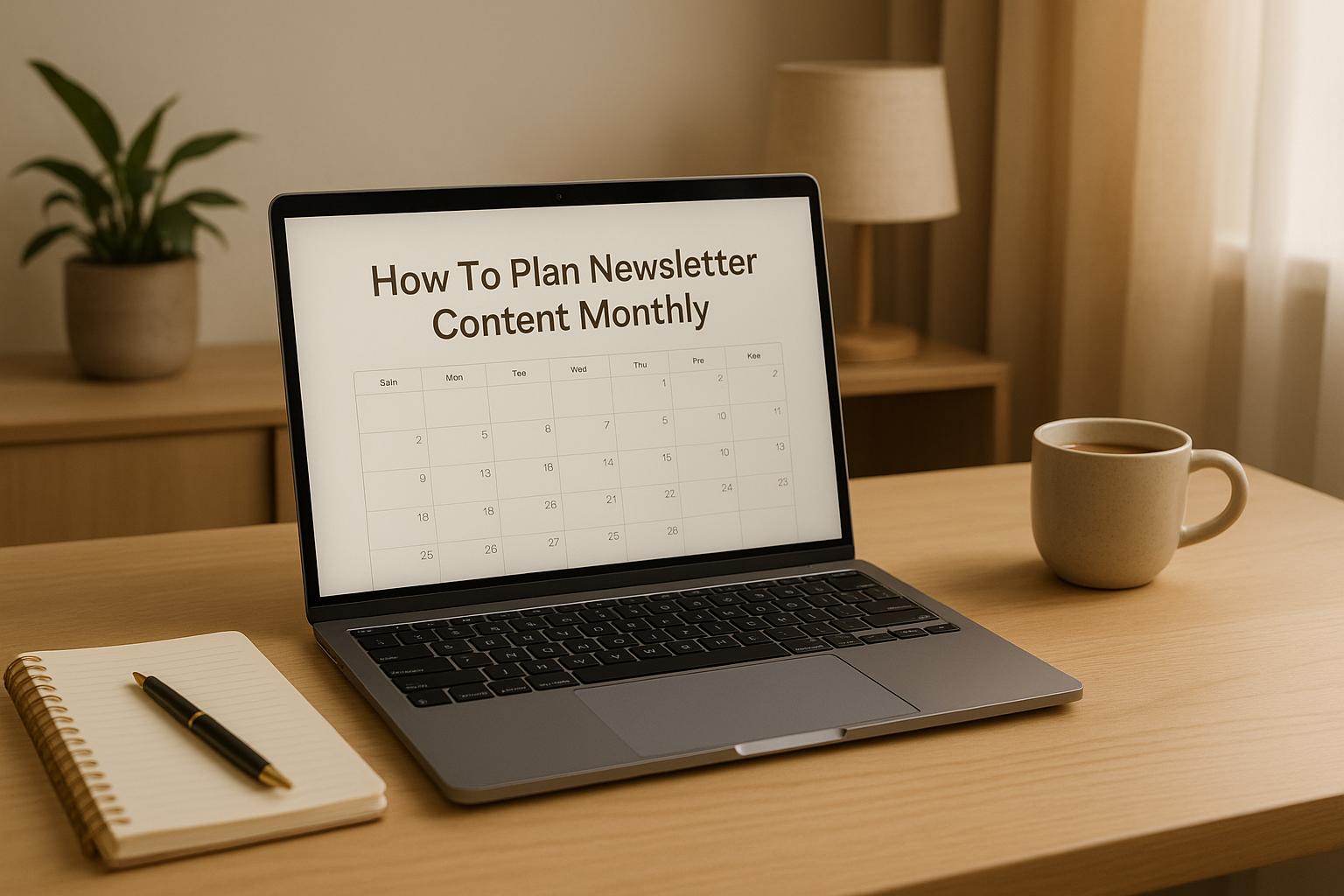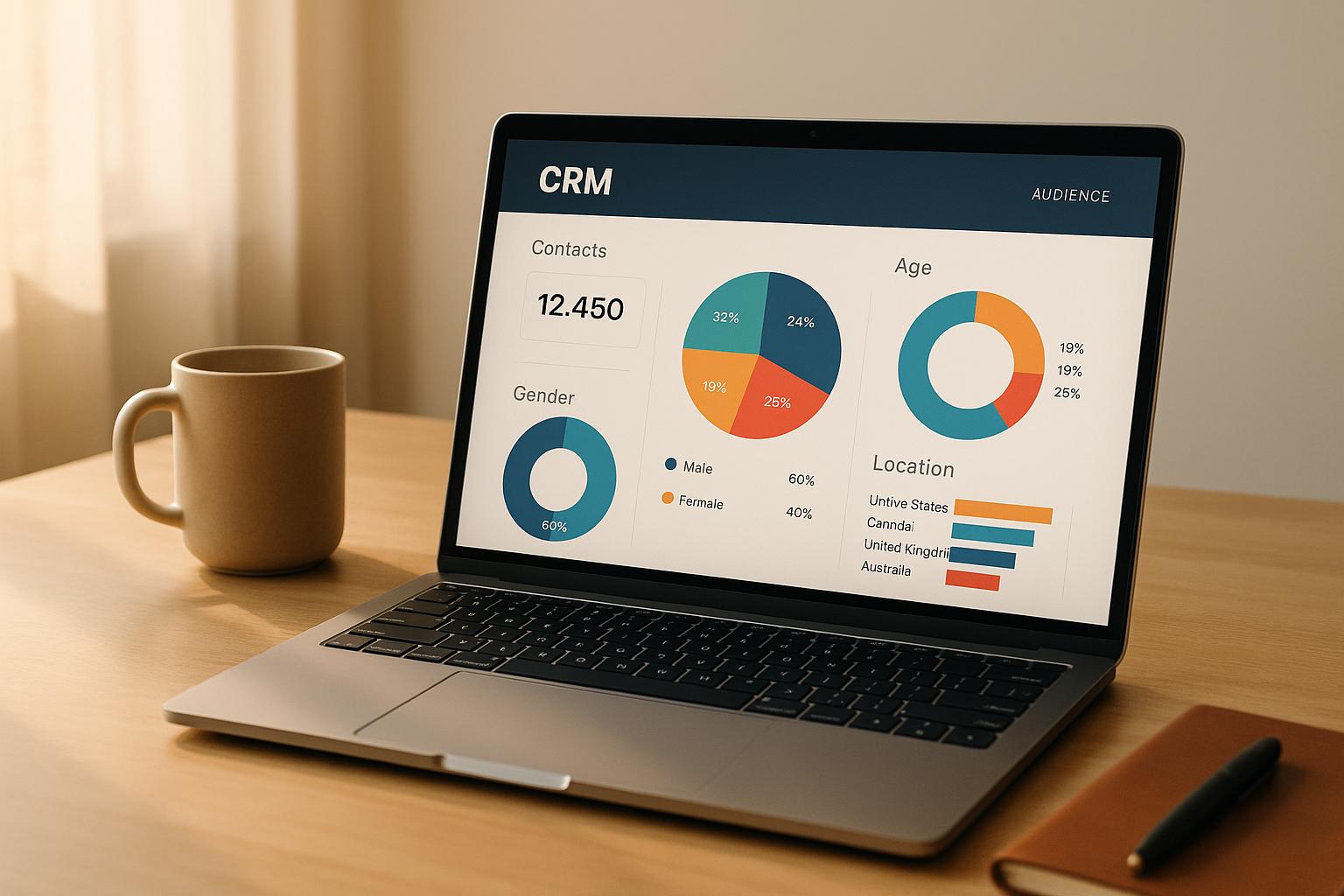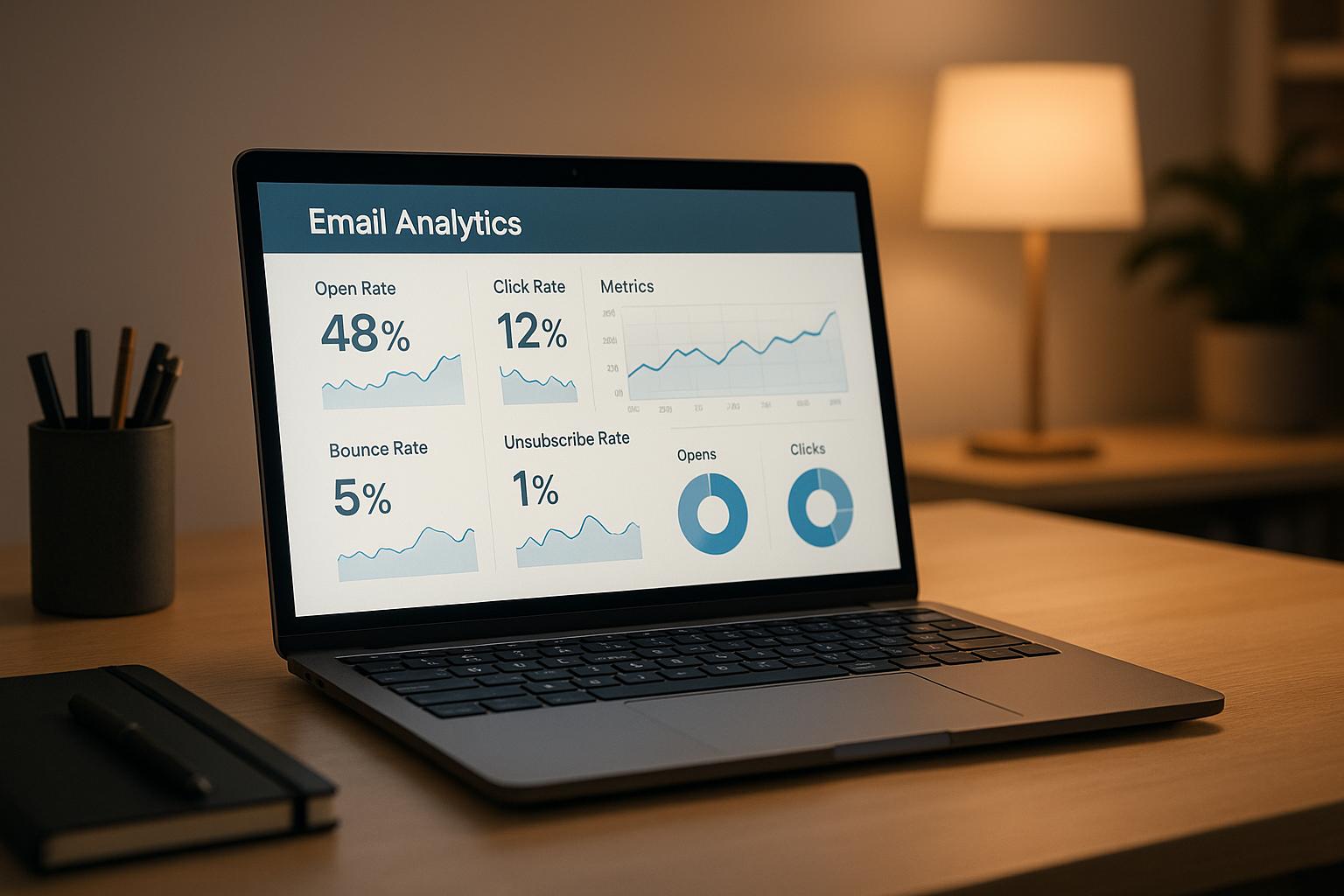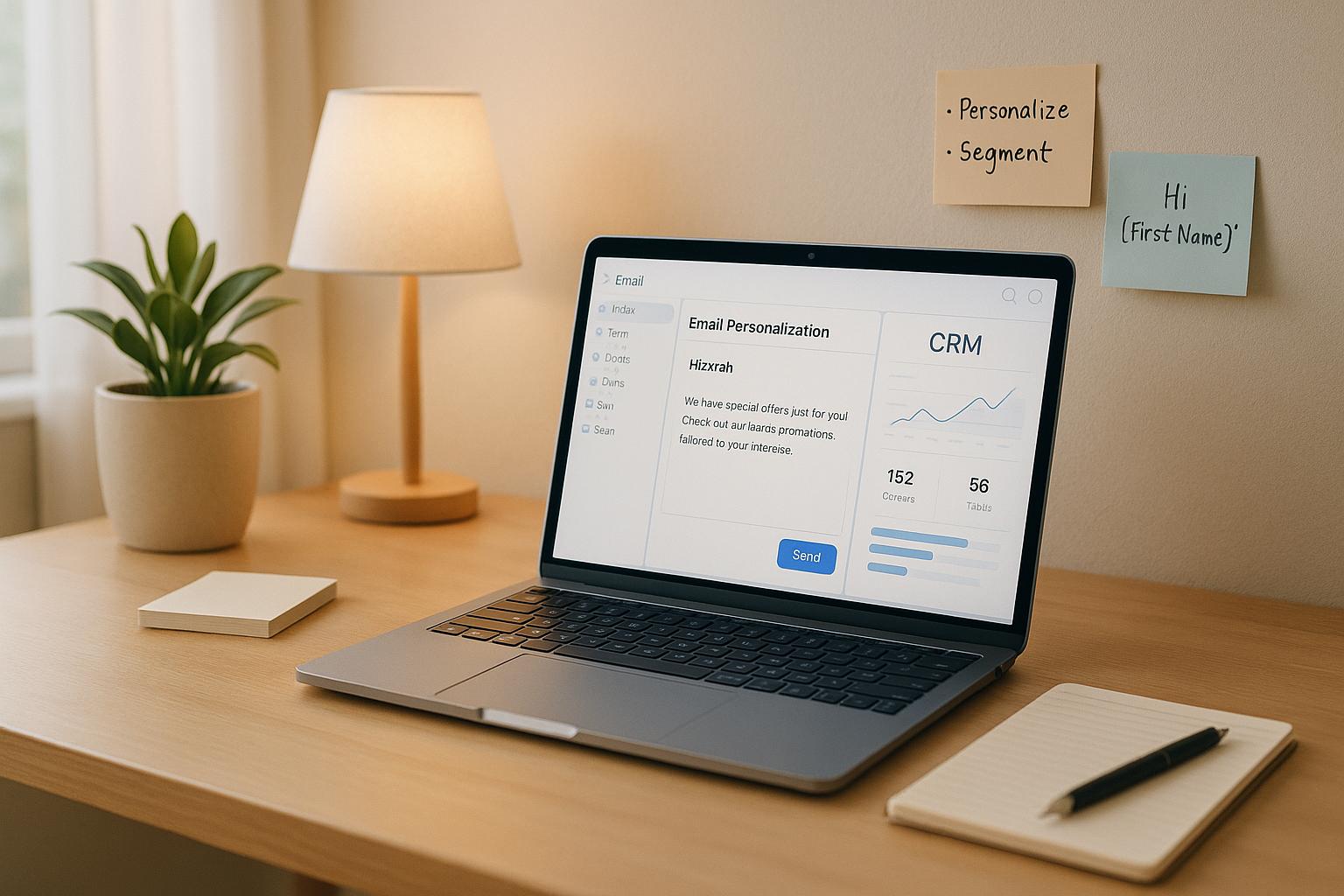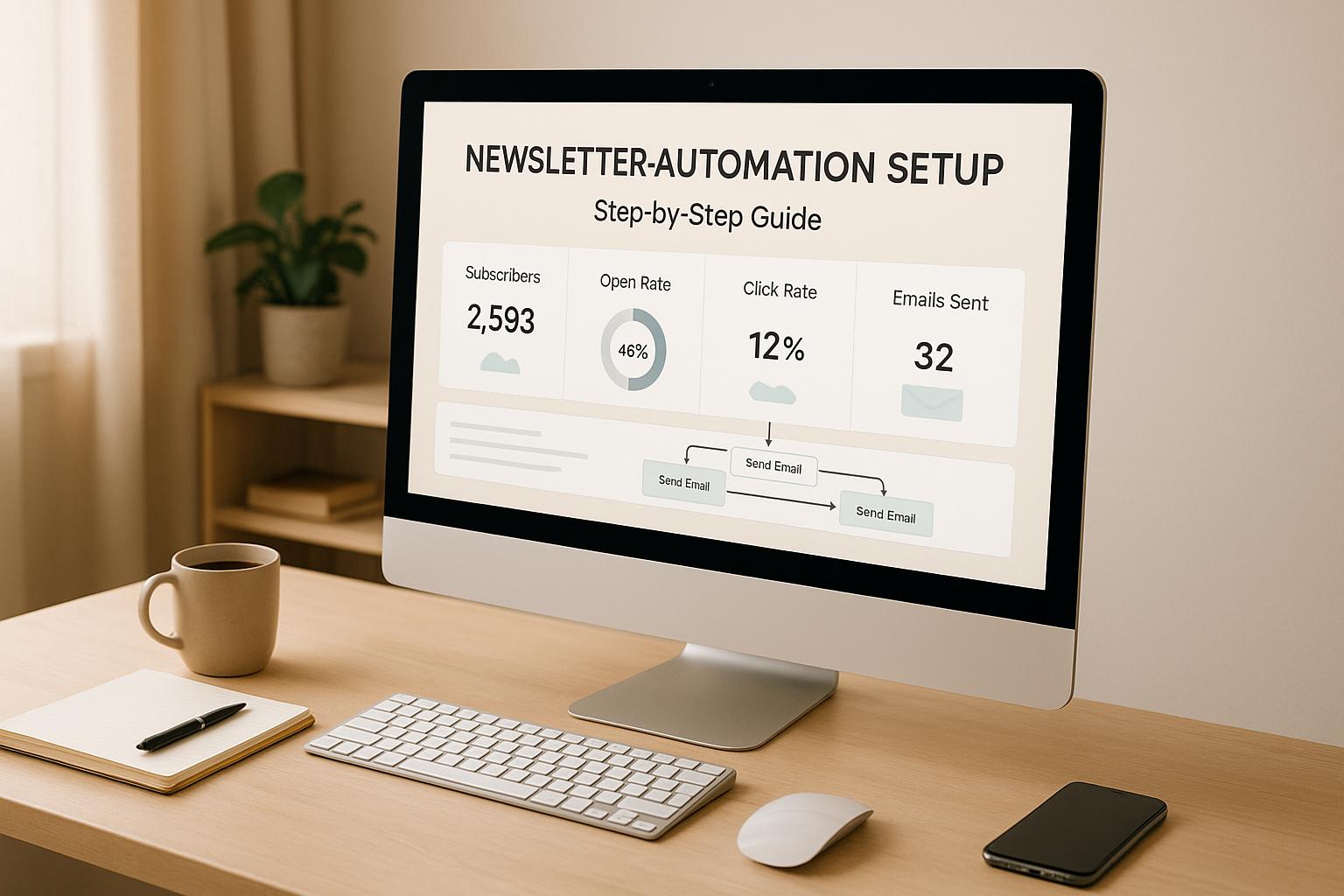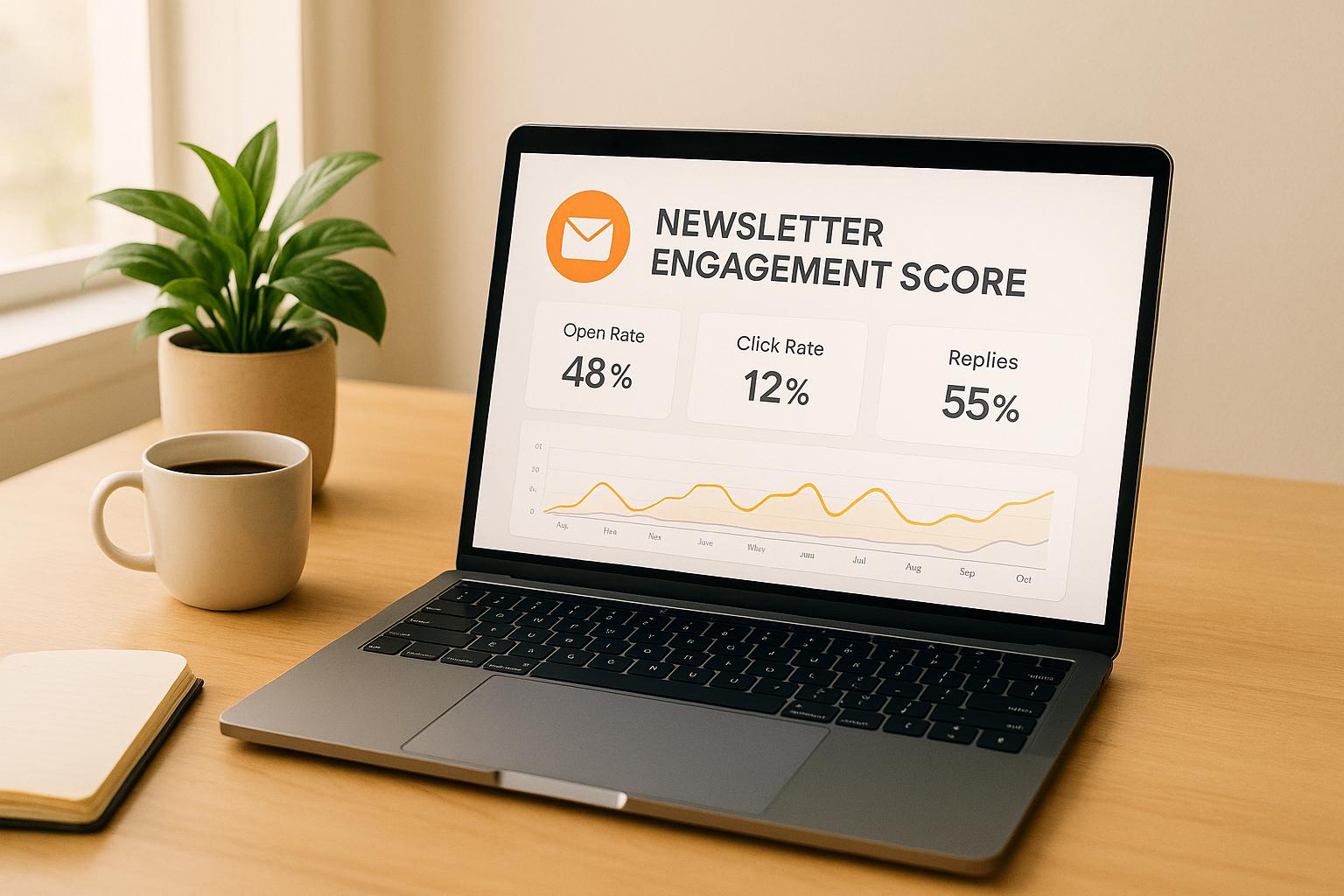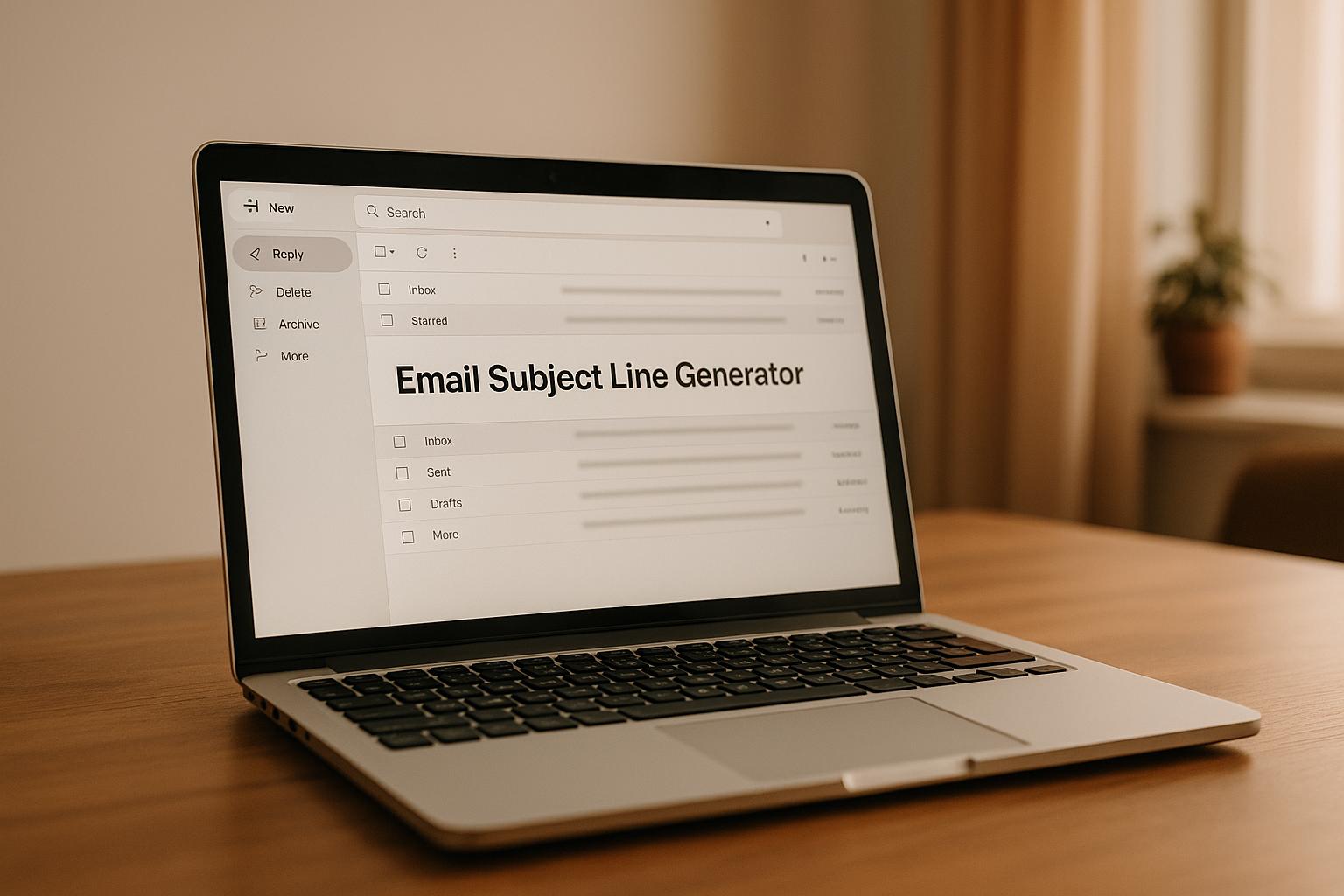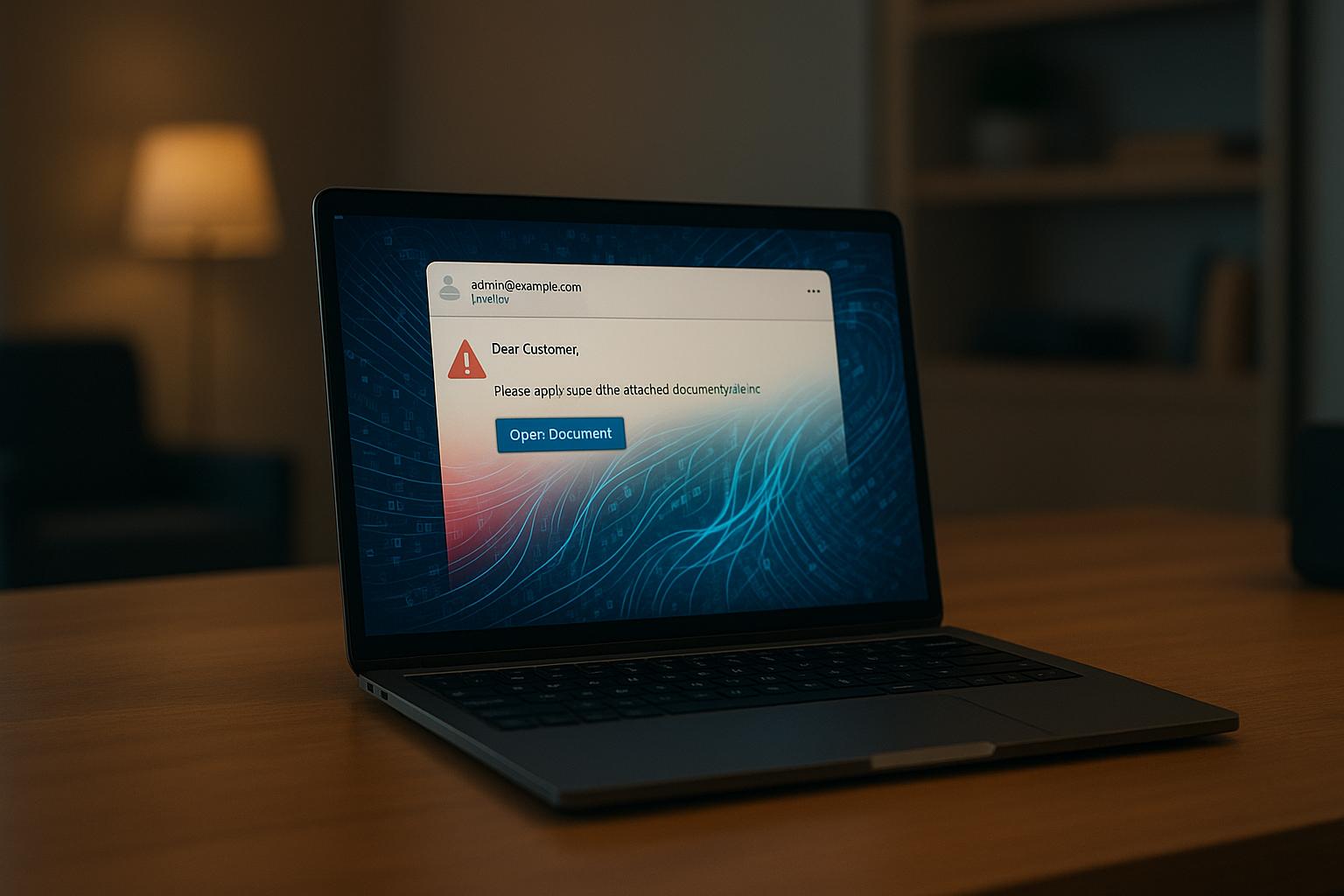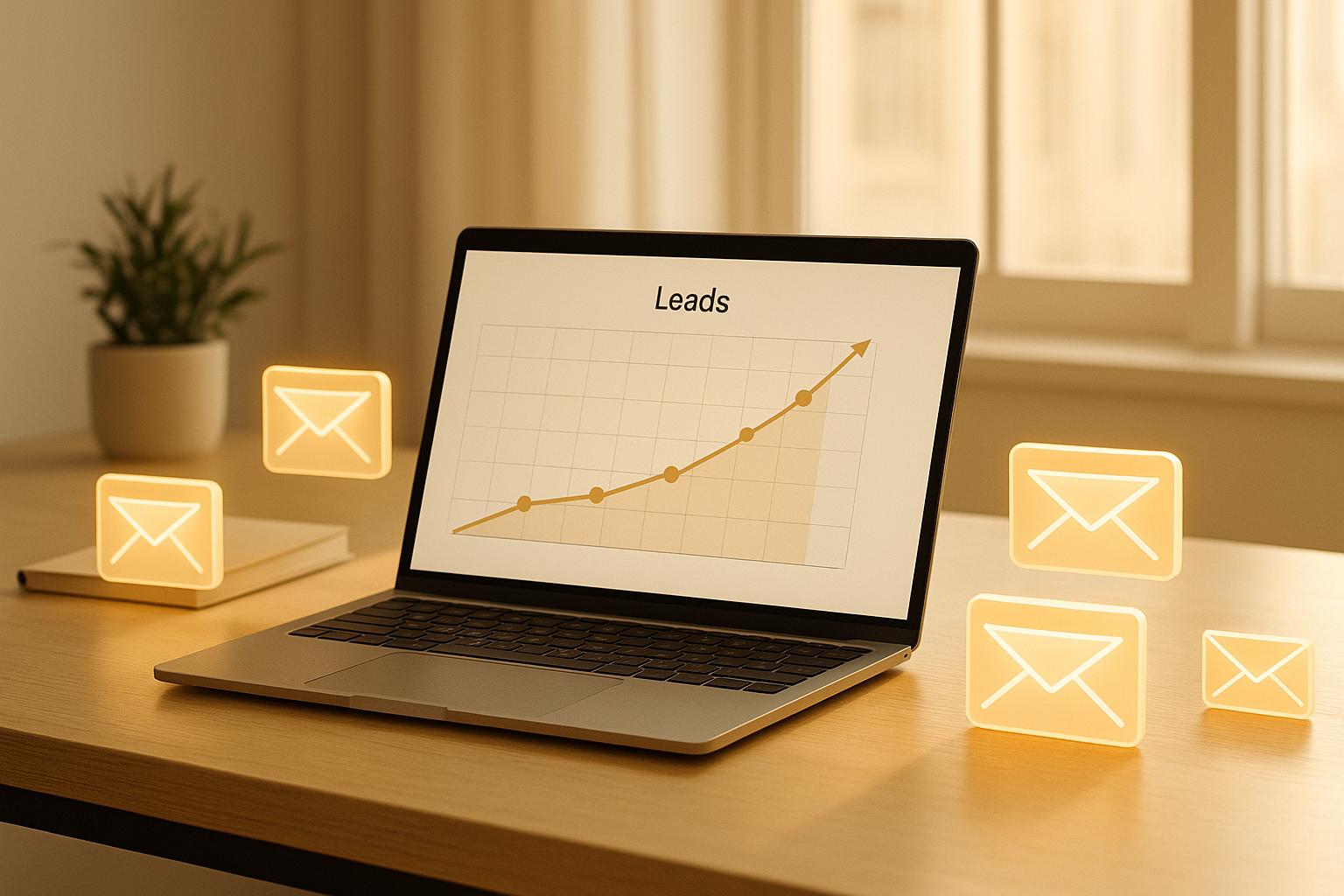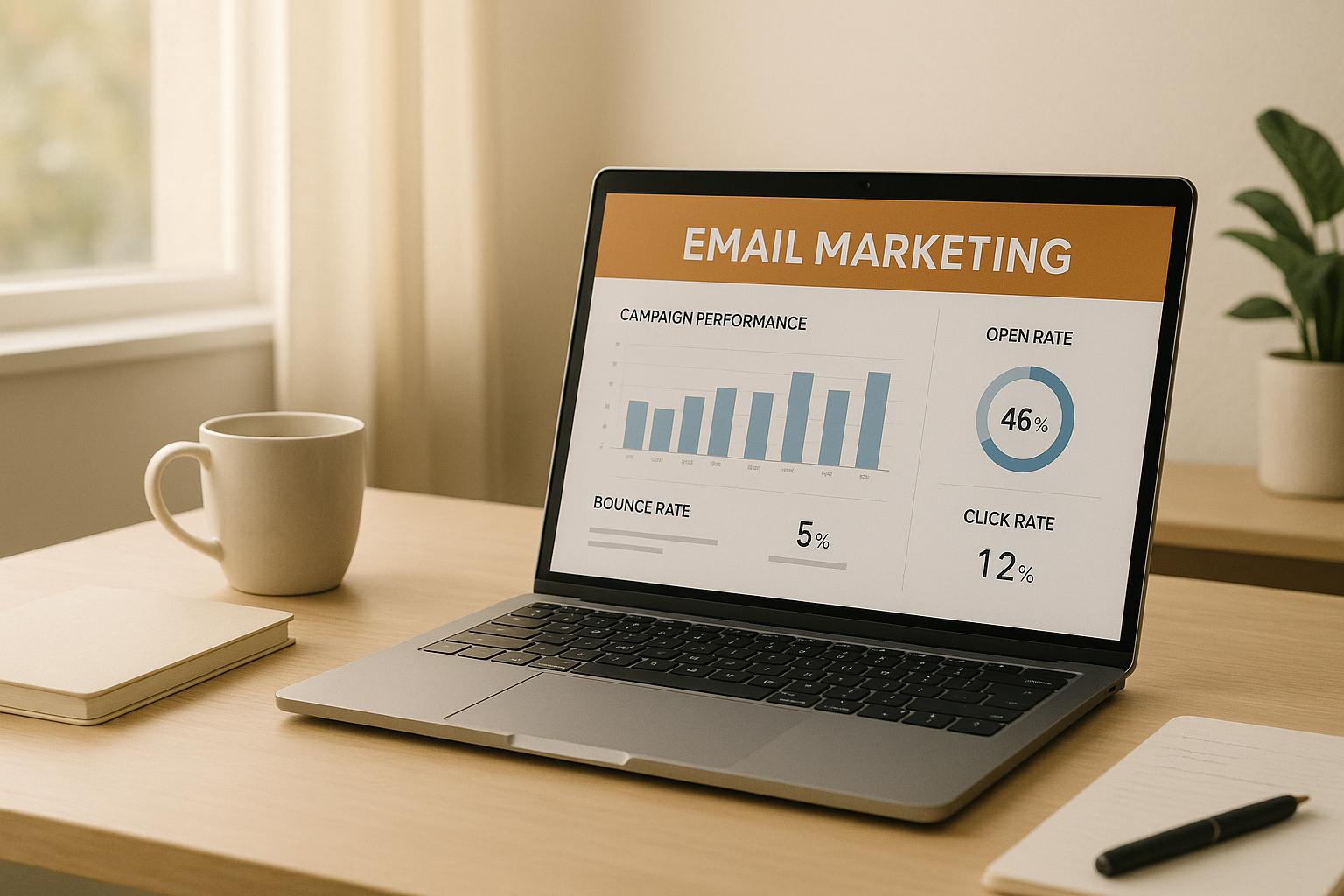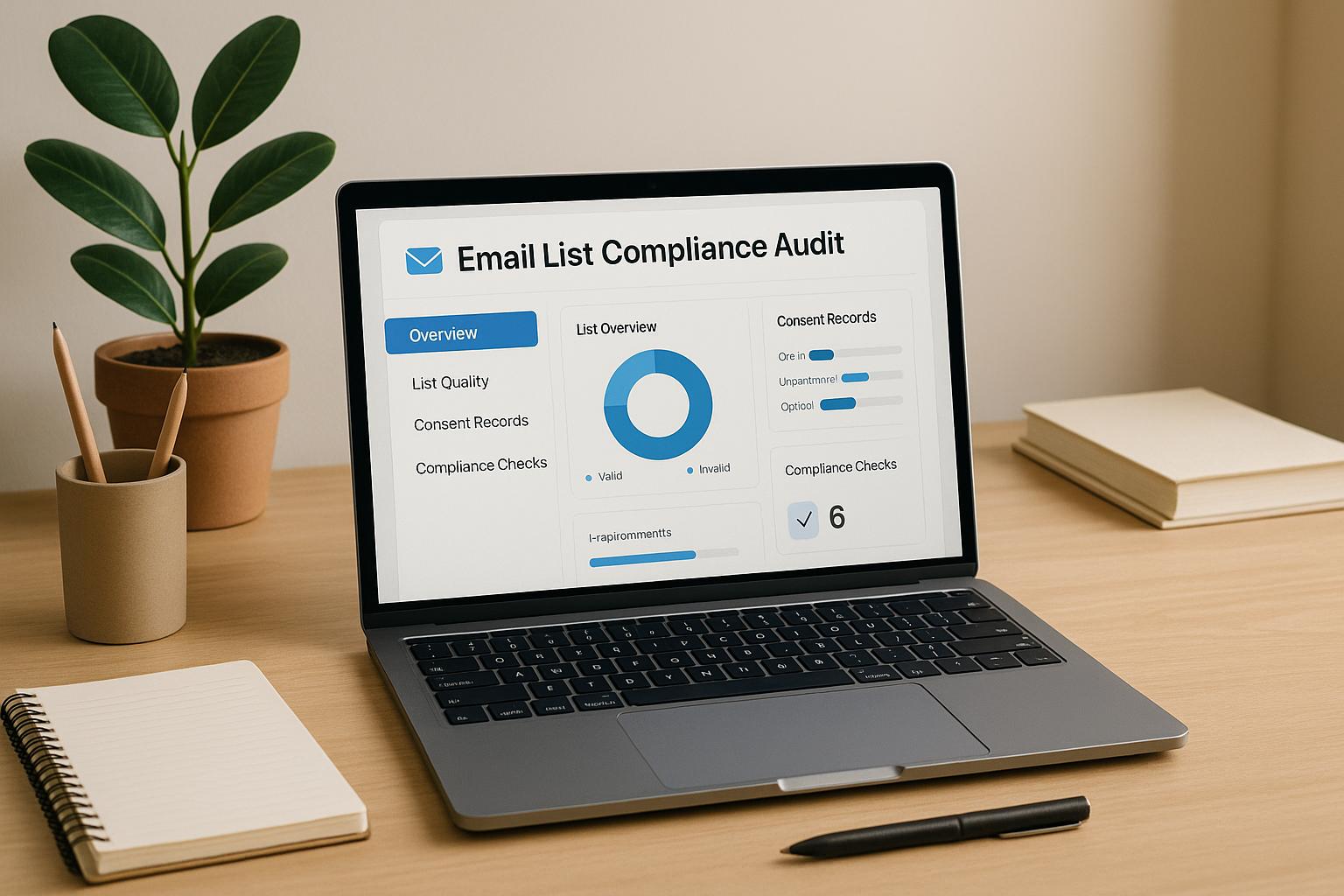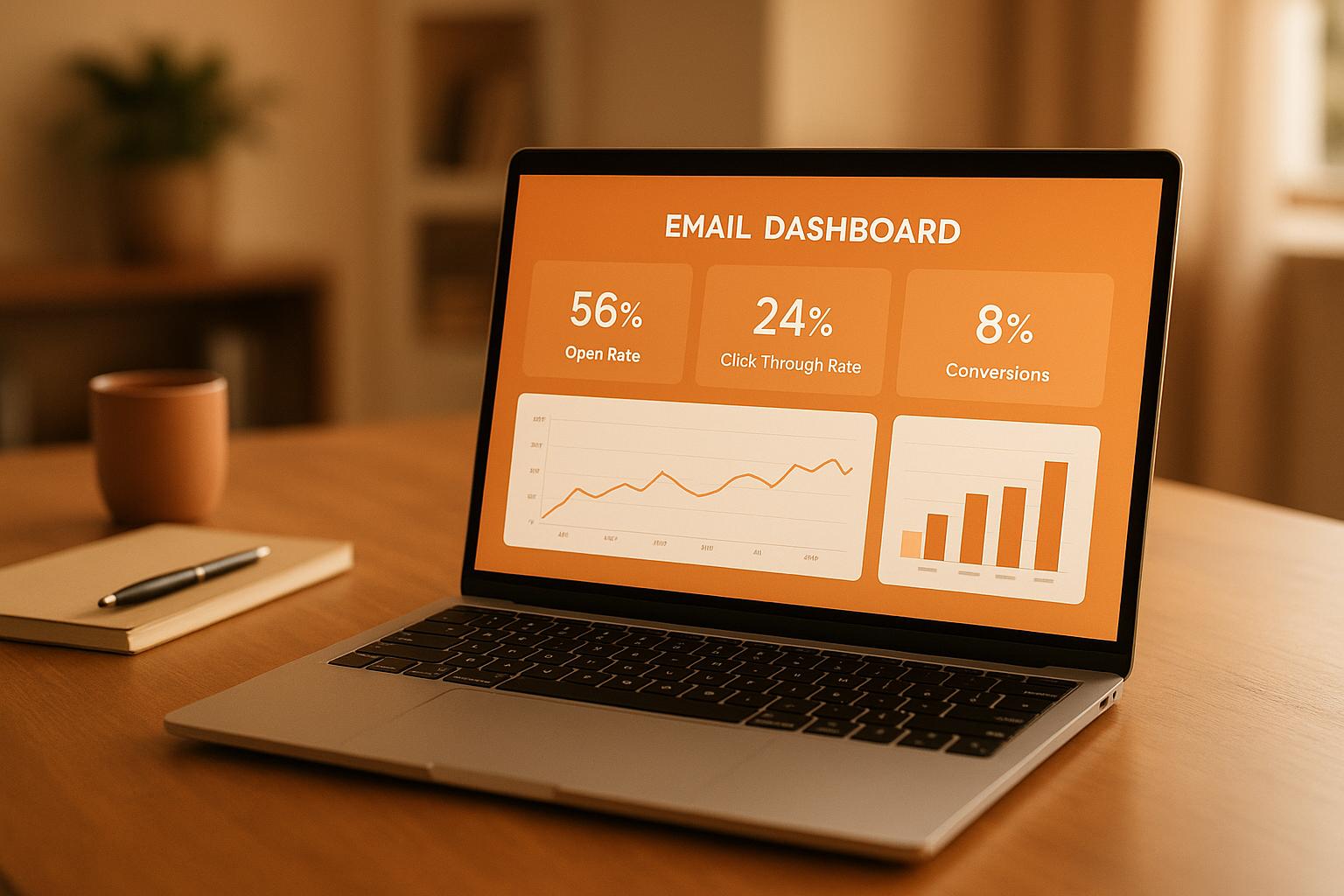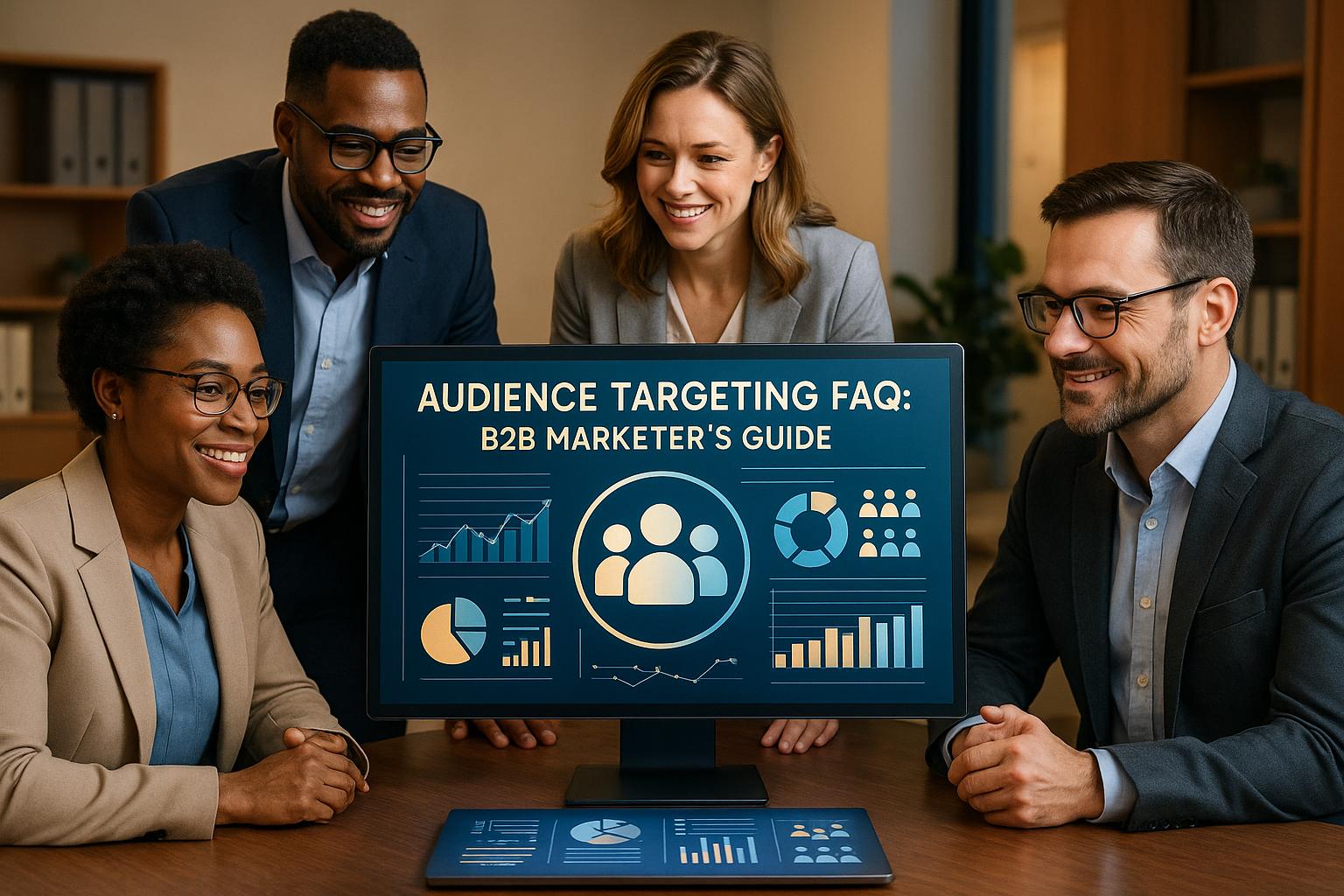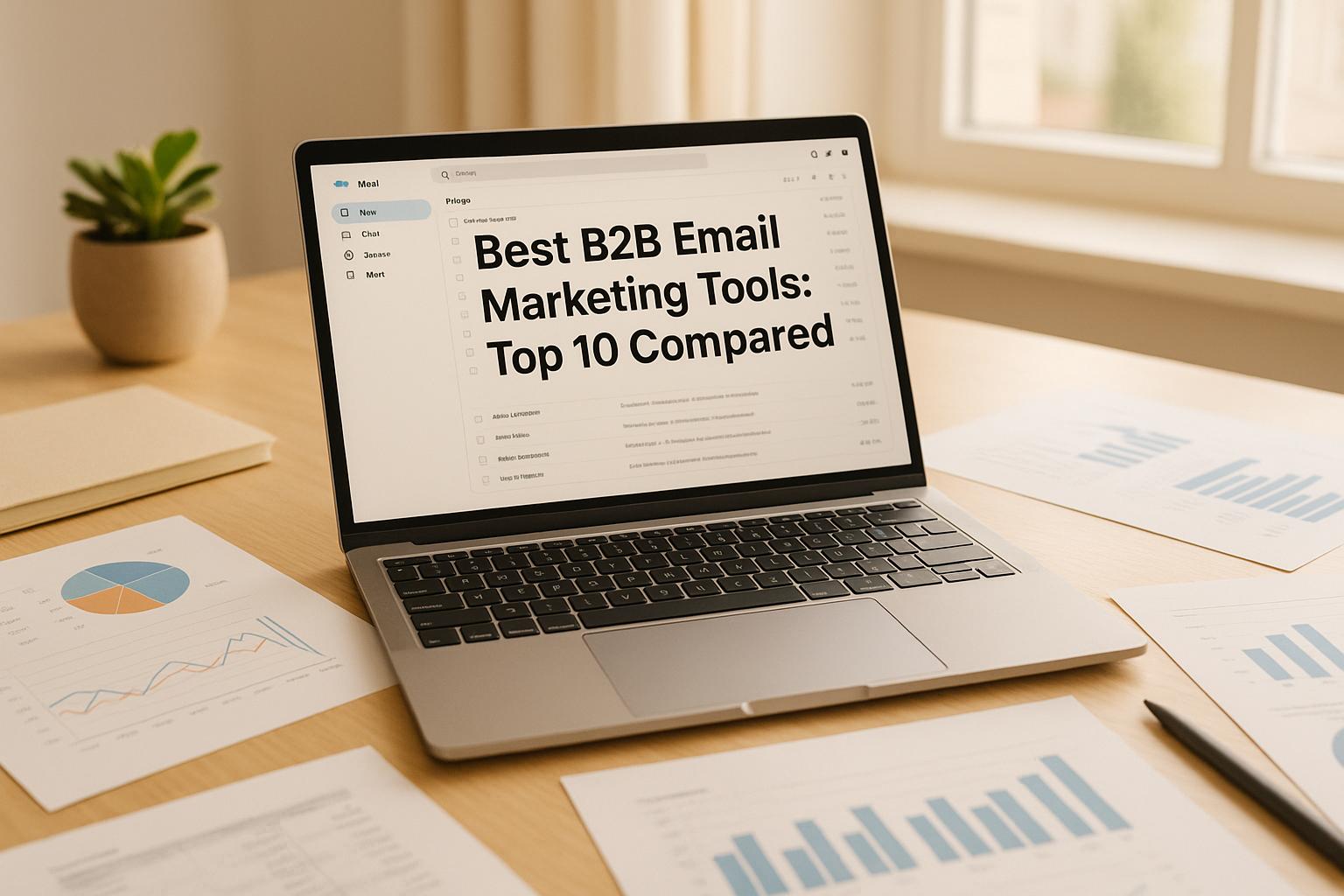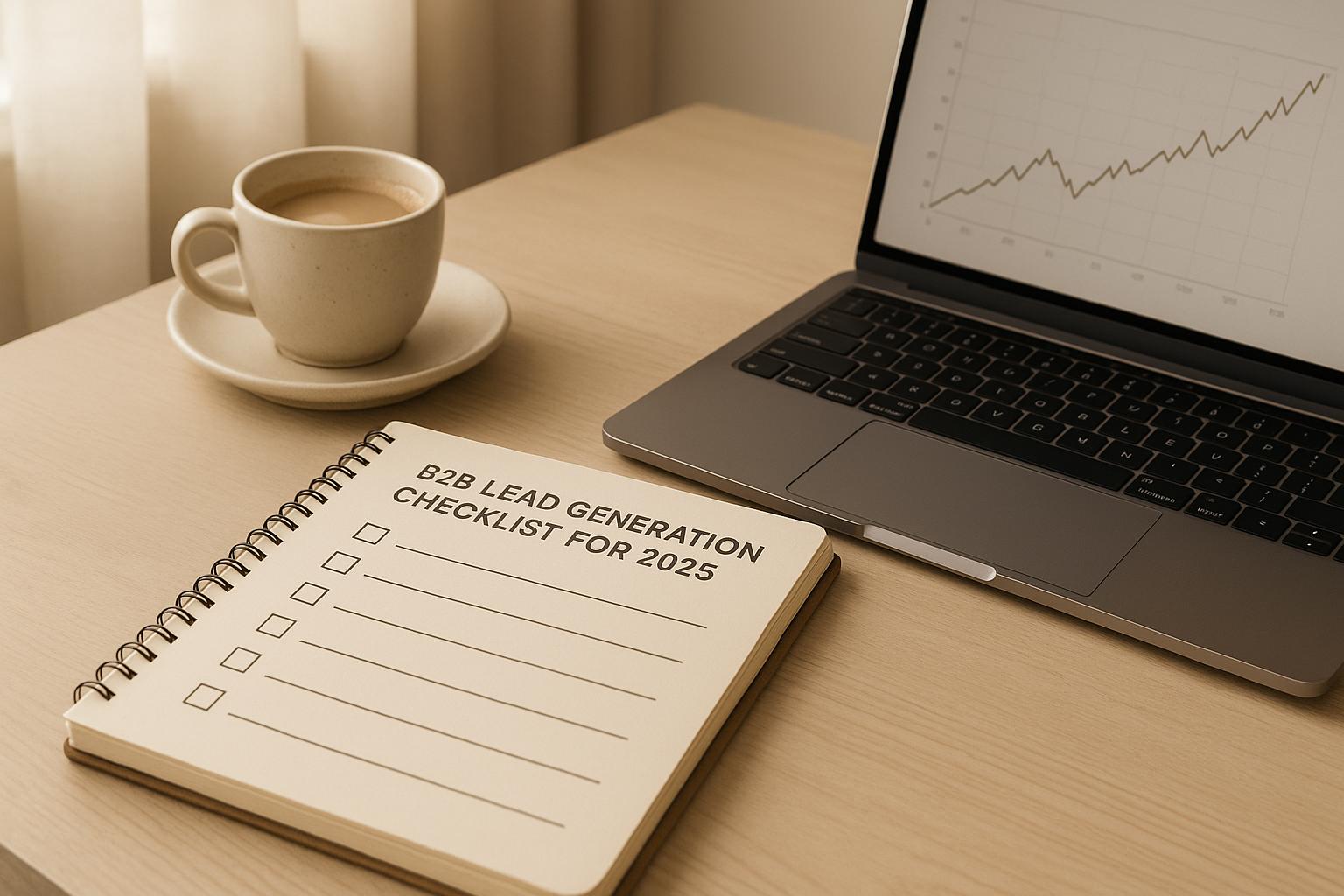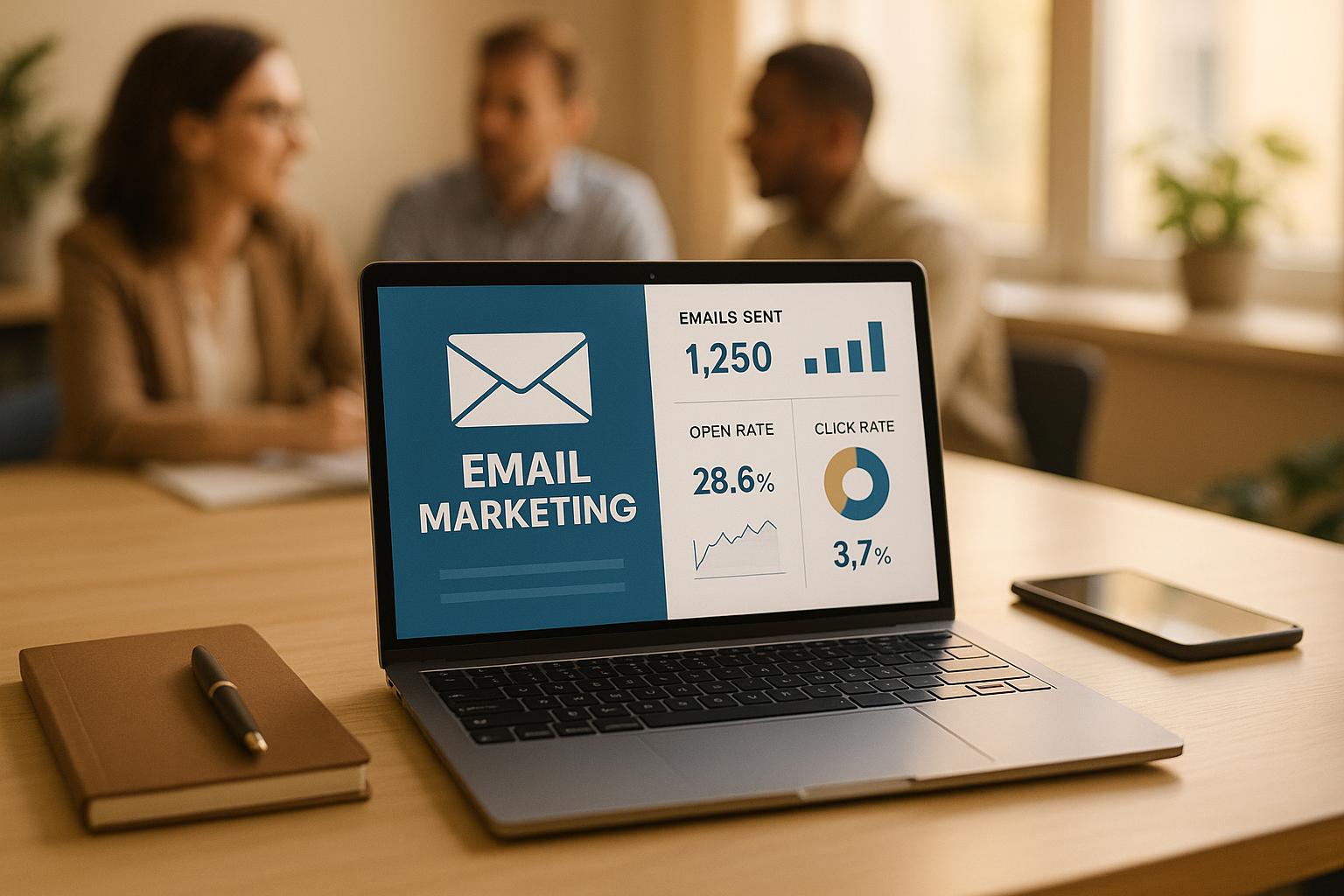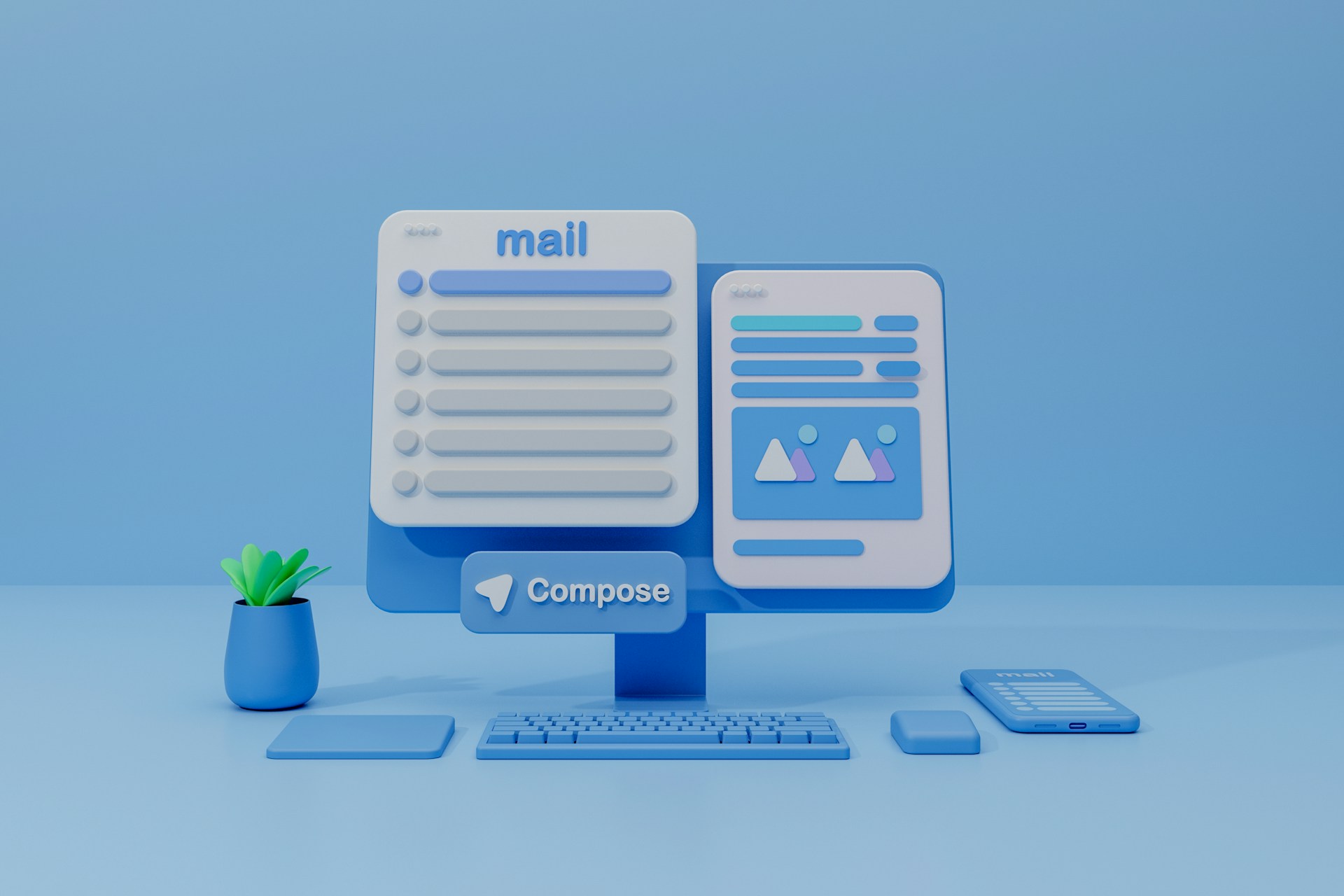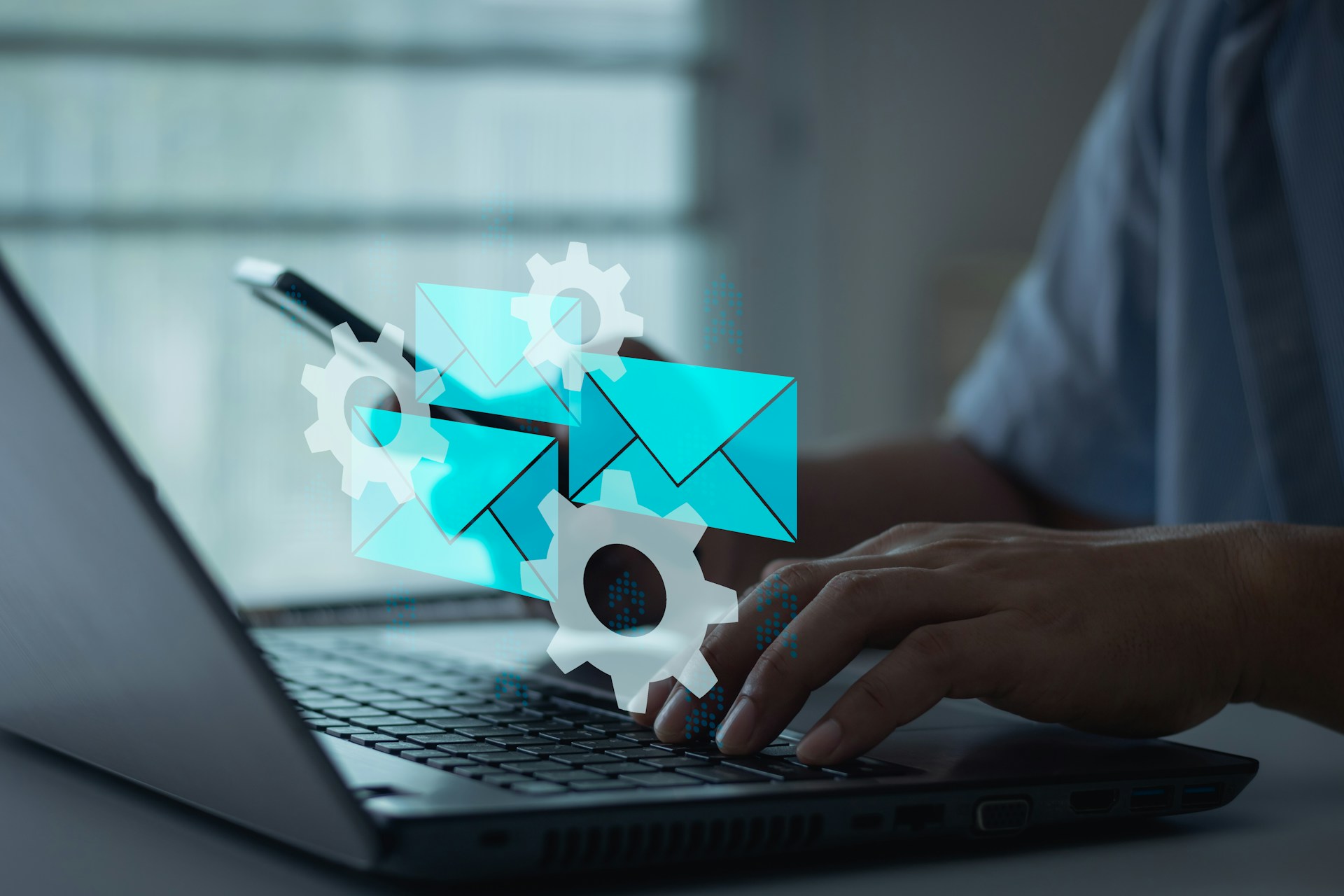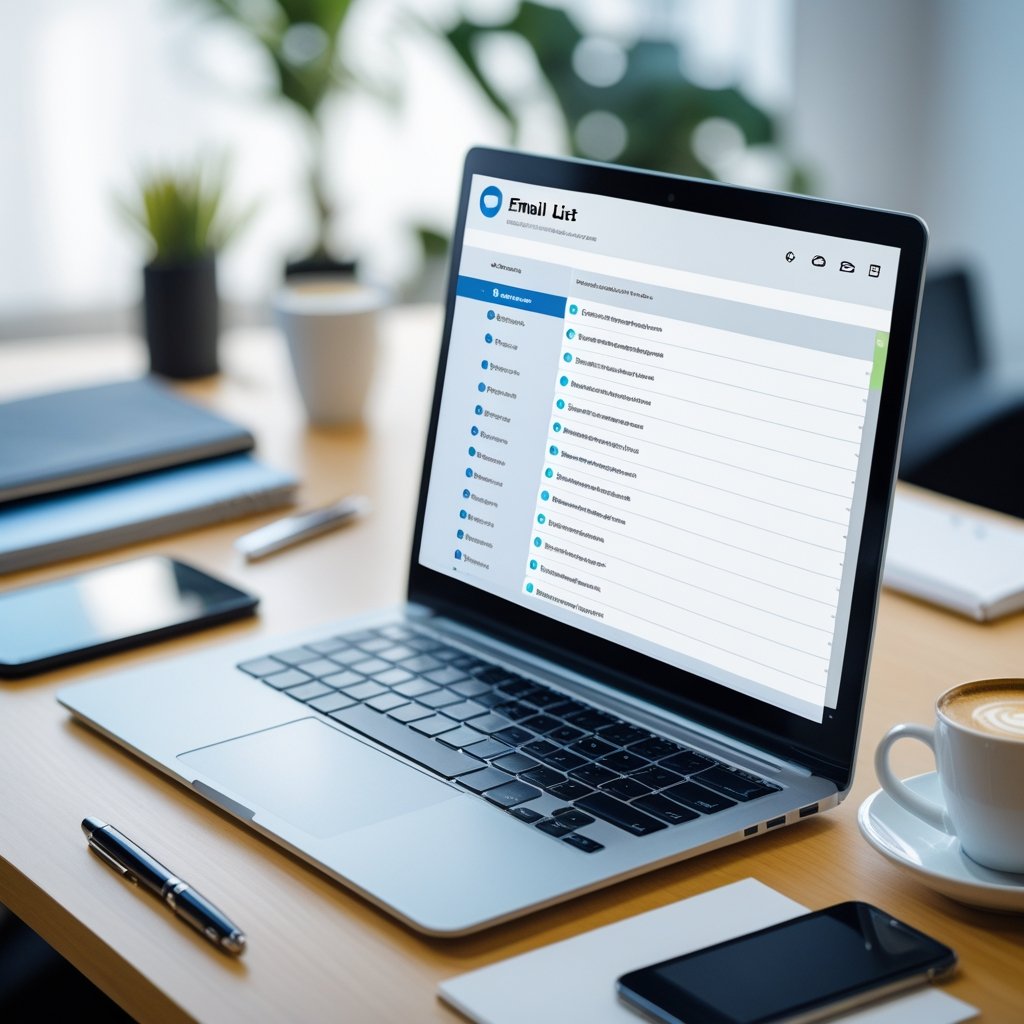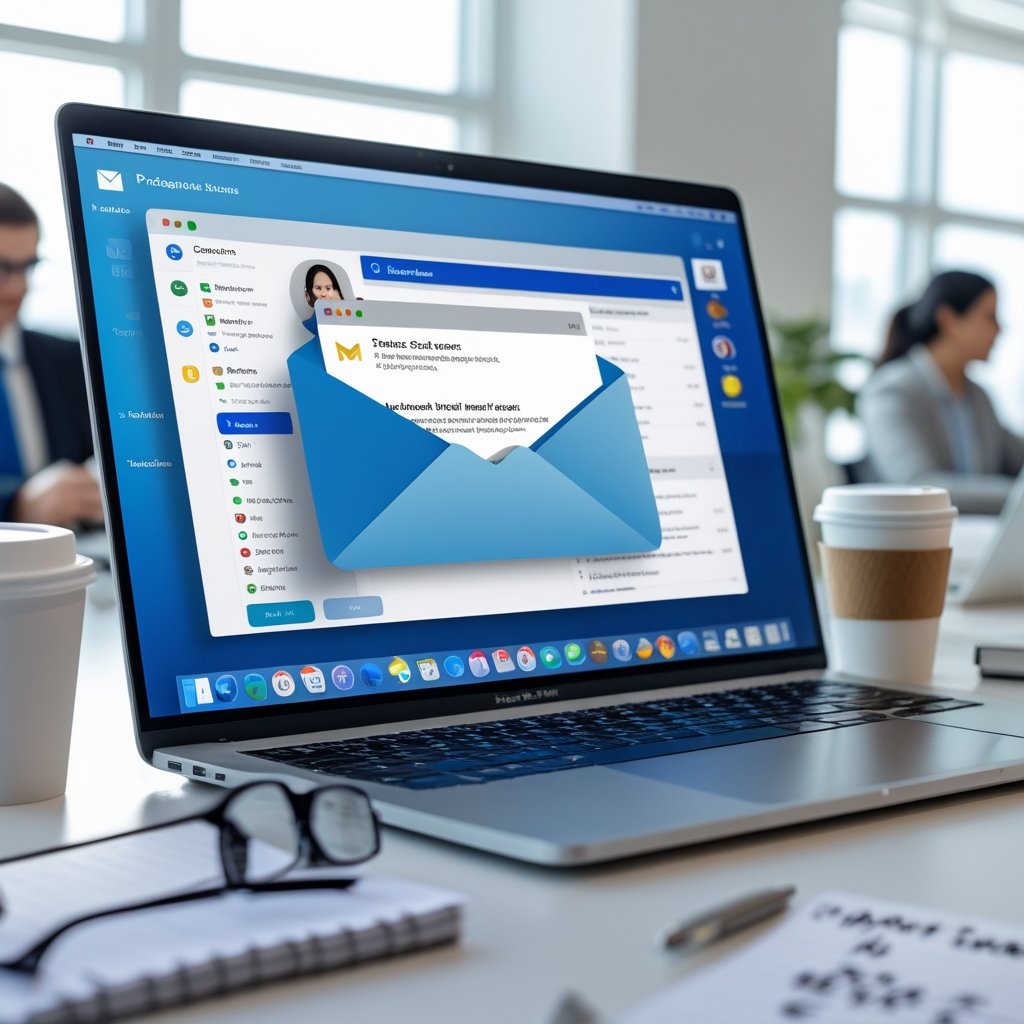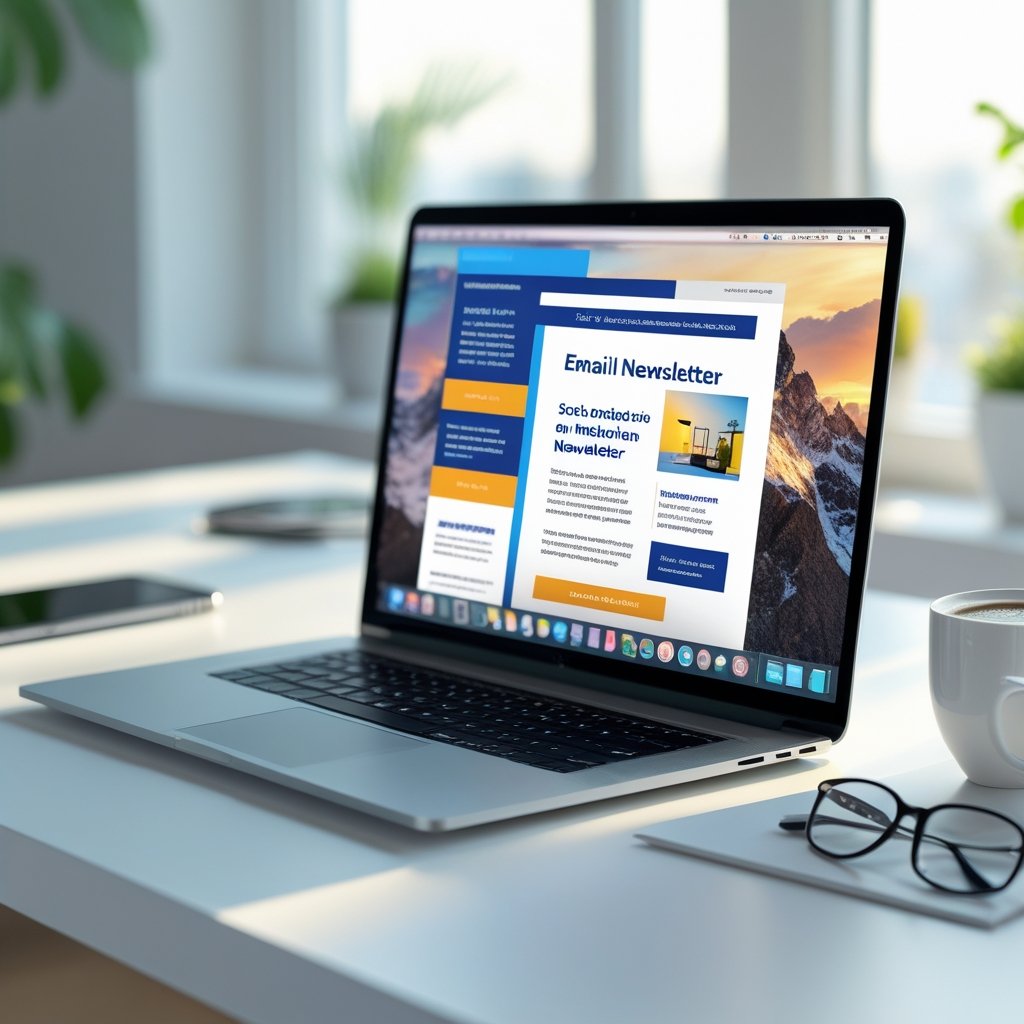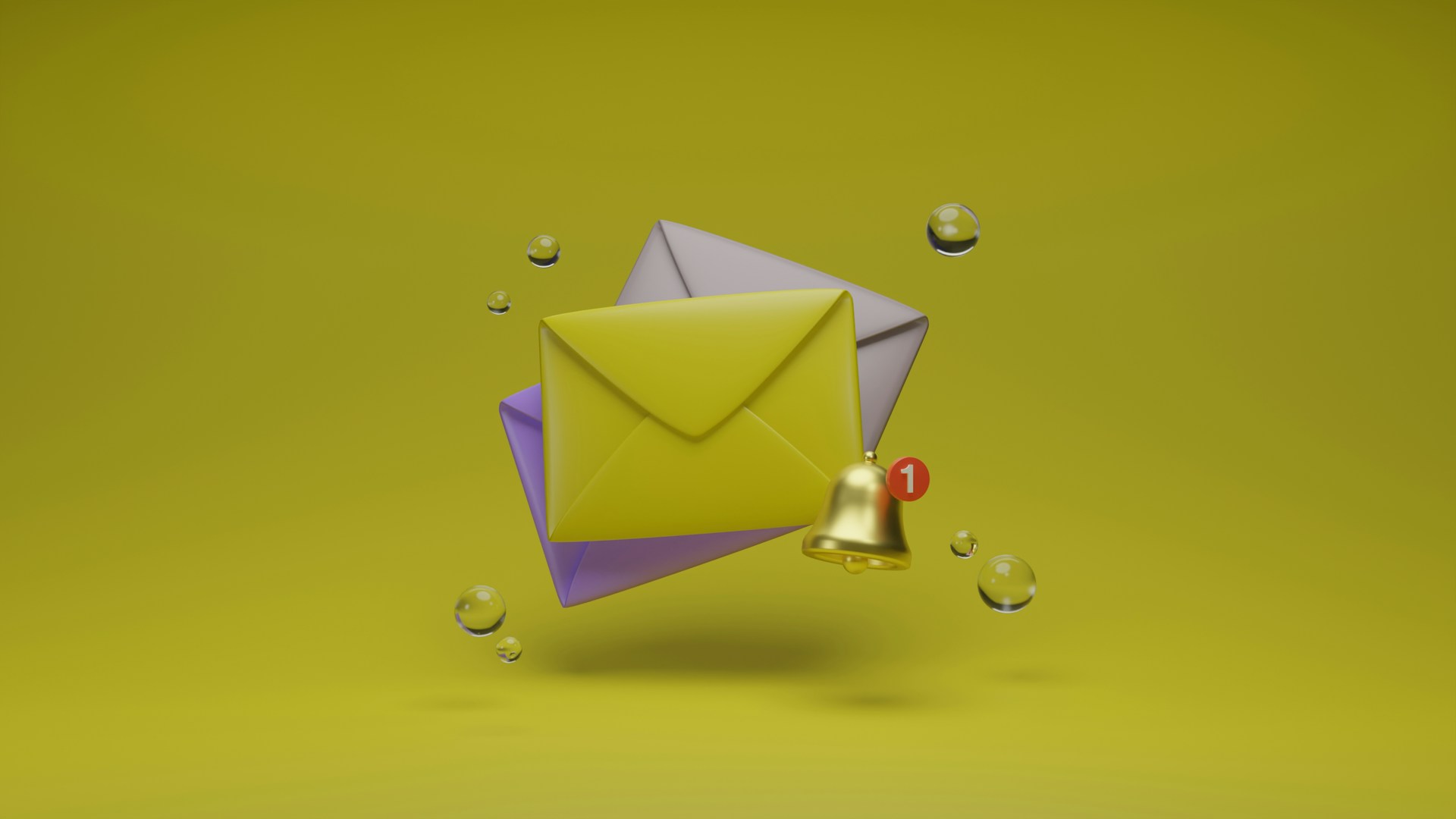Email Marketing for Agencies: Boost Your Client Results

Email marketing for agencies is more than just sending; it’s a system for building qualified B2B subscriber lists that convert. To deliver consistent client results, master deliverability, automation, and segmentation from day one.
Platforms such as Breaker make this process easier by automatically growing your list with high-quality subscribers. This allows your agency to spend less time chasing leads and more time creating effective campaigns.
This guide explains how to grow subscriber lists, boost deliverability, and scale email services efficiently without impacting client results.
Why Email Marketing Is Essential for Agencies
Email marketing helps you build strong connections, deliver measurable results, and stay ahead in a crowded market. It offers clear client benefits, compares favorably to other channels, and adapts quickly to trends.
Benefits for Agency Clients
Email marketing gives your clients a direct line to their audience. Unlike social media, emails land straight in inboxes, so you control who sees the message. Segment lists to send more relevant content, which boosts open rates and engagement.
Clients get better data from email campaigns. Track clicks, opens, and conversions to see exactly what works. This makes it easier to optimize and justify your efforts.
With a top tool, you can automate growing your clients' B2B subscriber lists, saving time and delivering qualified leads. Steady subscriber growth lets your clients nurture more prospects without extra manual work.
Comparing Email to Other Marketing Channels
Compared to social media or paid ads, email marketing delivers a better return on investment. Emails cost less to send over time and reach people who already want to hear from your clients. Paid ads may stop working once the budget ends, but emails build long-term relationships.
Social media algorithms can limit who sees your posts. Email avoids this by putting your message in your audience’s inbox. This gives you higher visibility and control over delivery.
Email also offers personalization at scale. Tailor messages based on user behavior or preferences, which drives better responses than generic ads. Agencies using email well often see higher engagement and lower acquisition costs.
Trends in Agency-Based Email Campaigns
Personalization is now a must. Agencies use dynamic content blocks to tailor emails based on subscriber data, making messages more relevant and timely.
Automation is also growing. Trusted tools handle subscriber targeting and deliverability, so you can focus on strategy.
Agencies now integrate email with other marketing efforts. Emails follow up on webinars, events, or social campaigns, smoothing customer journeys and increasing touchpoints for leads to convert.
There’s more emphasis on list quality, not just size. Agencies focus on engaged subscribers who open and click, improving ROI and campaign performance over time.
Building Effective Email Marketing Strategies
Strong email strategies target the right people, plan relevant content, and set clear goals. Connect with your audience to drive engagement and deliver measurable results for your clients.
Segmentation and Personalization Techniques
Segment your email list to send messages that match the interests and needs of different groups. Use data like job titles, industries, or past interactions to divide your list. Relevant content lifts open rates and clicks.
Personalization means more than adding a name. Reference past behavior, location, or specific pain points. Offer advice based on the subscriber’s role. This builds trust and keeps readers engaged.
Automation tools organize contacts and personalize emails automatically. This saves time and improves targeting for valuable B2B leads.
Content Planning for Diverse Client Needs
Adapt your content to each client’s goals and audience. Map out themes that fit their industry and customer challenges. Mix educational, promotional, and storytelling emails to keep your sequence fresh.
Vary format and length—short updates or deeper insights work for different readers. Use visuals, data points, and clear calls to action to keep newsletters interesting and useful.
A content calendar helps you stay organized across clients. Plan campaigns around product launches, events, or seasonal trends. A strong plan reduces last-minute work and keeps campaigns on track.
Setting Campaign Goals and KPIs
Define what success looks like before each campaign. Common goals include list growth, click-through rates, conversions, or revenue. Clear goals guide your strategy and help you measure progress.
Track KPIs like open rates, bounce rates, and unsubscribe rates to monitor email health. Watch engagement to see if your segmentation and content match your audience’s needs. Adjust based on the data.
Share these metrics with clients to build trust and justify investment. Platforms provide detailed analytics that make reporting and proving ROI easier.
Choosing and Integrating Email Marketing Tools
The right tools help you send better emails, grow your list, and save time. Look for platforms that fit your agency’s needs, offer smooth automation, and connect with other software you use.
Top Platforms for Agencies
Choose platforms with strong list management, good deliverability, and easy design tools. Look for features like segmentation and analytics to track opens and clicks. Some platforms offer built-in lead growth options.
Pick tools that help you grow your B2B newsletter audience with targeted subscribers. Breaker automatically builds your list with quality leads at a predictable cost. It works well for agencies, consultants, and SaaS teams focused on real engagement.
Automation Workflows
Automation saves time by handling repetitive email tasks. Set up welcome series, drip campaigns, or re-engagement emails based on subscriber actions. This keeps your audience interested without extra work.
Create workflows that react to triggers like sign-ups, link clicks, or no activity. Good tools let you map out these workflows visually and test them before launching. This improves open rates and conversions by sending the right messages at the right moments.
Integrations with CRM and Other Systems
Integrations let your email platform share data with CRM, sales software, or analytics tools. This keeps your contact info updated and improves targeting. For example, syncing with your CRM lets you send emails based on customer status or purchase history.
Check that your tool supports native integrations and offers APIs for custom connections. This saves time and reduces errors. Use a tool with seamless integrations to ensure your email marketing aligns with your sales and marketing stack.
Optimizing Campaign Performance
To get the most from your email campaigns, test what works, keep your emails out of spam, and track the right data. These steps help you improve engagement and grow your subscriber base.
A/B Testing and Experimentation
A/B testing compares two versions of an email to see which performs better. Test subject lines, send times, call-to-action buttons, or images. For example, try a question in the subject line versus a statement to see which gets more opens.
Test one variable at a time to keep results clear. Use engagement metrics like open rates, click-through rates, and conversions to judge success. Over time, fine-tune your messaging and design for a better response.
Experiment regularly, but keep tests simple to speed up learning and improve campaigns quickly.
Deliverability Best Practices
Your email won’t perform if it doesn’t reach the inbox. Deliverability depends on your sending reputation, list quality, and content relevance.
Use a platform that manages list validation and sender authentication. This reduces bounce rates and avoids spam filters. Clean your list often by removing inactive or invalid emails.
Personalize your emails and send relevant content based on your audience’s needs. Avoid spammy words and too many images. Proper formatting and a clear unsubscribe link boost trust and keep you compliant with laws.
Analyzing and Reporting Results
Tracking results shows what’s working and where to improve. Focus on key metrics such as open rate, click rate, conversion rate, and unsubscribe rate.
Use these metrics to understand subscriber behavior. If your open rate drops, adjust your subject lines or send times. If click rates are low, make your content or calls to action clearer and more appealing.
Make reports easy to read with simple charts or tables. Share insights with your team or clients regularly to keep everyone aligned on what drives growth. Tools that combine sending and reporting save time and make your work more effective.
Scaling Email Marketing Services for Agency Growth
Growing your email marketing services means handling more clients without losing quality. Use strategies to run campaigns smoothly, expand reach, and manage resources effectively.
Managing Multiple Client Accounts
Managing multiple clients’ email marketing requires organization. Use a dashboard or platform that lets you view and manage all accounts in one place. This helps avoid mistakes like sending the wrong email or missing deadlines.
Set up clear workflows for each client, including review schedules, content approval, and campaign launches. Automate routine tasks like list cleaning or reporting to save time and keep emails performing well.
Track different metrics per client—open rates, click rates, unsubscribe rates—to tailor strategies. Use this data to optimize future campaigns and show clients real progress.
Outsourcing and White Label Solutions
Outsourcing some email work frees up your time for strategy and growth. You might delegate tasks like copywriting, design, or list management to specialists.
White label solutions let you offer email services without building everything yourself. Your agency provides the brand and client relationship, while the white-label partner handles the tech and execution.
This approach saves resources and lets you scale faster. Choose partners who understand B2B email and prioritize deliverability to keep your client results strong.
Turn Email Into a Growth Channel for Your Agency
Effective email marketing helps your agency stand out by consistently delivering results, whether generating leads, improving engagement, or scaling campaigns. It’s not about sending more—it’s about sending smarter.
With proper automation, deliverability, and targeting, your email strategy turns into a performance engine, not just a service line. Platforms like Breaker help grow qualified B2B lists automatically, freeing your team for creative and strategic work.
Start growing your list today with smarter leads.
Frequently Asked Questions
Email marketing for agencies requires clear tools and strategies to target the right audience, track engagement, and scale efficiently. Understanding pricing, choosing the right partner, and leveraging agency expertise can make a big difference in your campaign’s success.
What are the essential features to look for in email marketing software suitable for agencies?
Look for software that streamlines list growth and improves deliverability. Automation for segmentation, scheduling, and personalized messaging is key. Reporting should be clear to track open rates, clicks, and subscriber growth.
Choose platforms that handle both sending and audience building so you can focus on content and strategy.
How can a full-service email marketing agency benefit my business?
An agency manages everything from design and writing to targeting and testing. This saves you time and brings professional expertise to your campaigns.
They offer strategic insights to boost subscriber engagement and ROI, especially through tools that automatically grow your list with the right audience.
What are the best strategies for small businesses to leverage email marketing effectively?
Focus on quality over quantity with your subscriber list. Use clear calls to action and personalized content to boost open rates. Consistent scheduling and testing different subject lines or offers help you find what connects best with your audience.
How is the pricing structured for services offered by an email marketing agency?
Pricing often depends on the number of emails sent, the size of your list, and extra services like creative design or consulting. Some agencies offer flat fees or monthly packages, while others charge per lead or subscriber growth for more transparency and value.
What should I consider when choosing an email marketing agency for my e-commerce business?
Look for an agency experienced in e-commerce metrics like conversion rates and cart recovery. They should help you integrate email data with your online store to create targeted campaigns that boost sales and repeat business.
What are the unique advantages of partnering with a B2B email marketing agency?
B2B agencies target decision makers and build high-value subscriber lists. They generate qualified leads using tools that automate list growth precisely, making outreach more effective, like Breaker.


